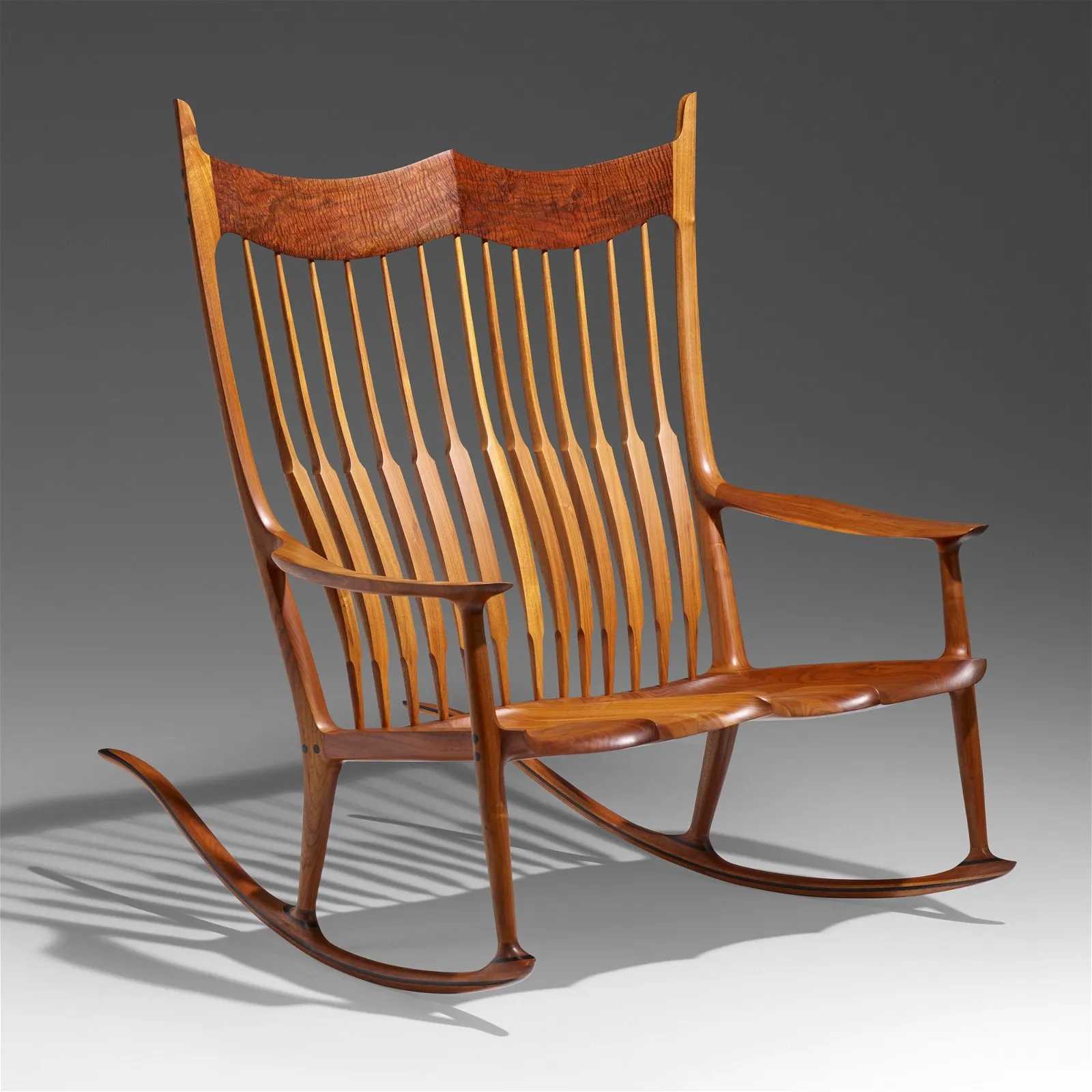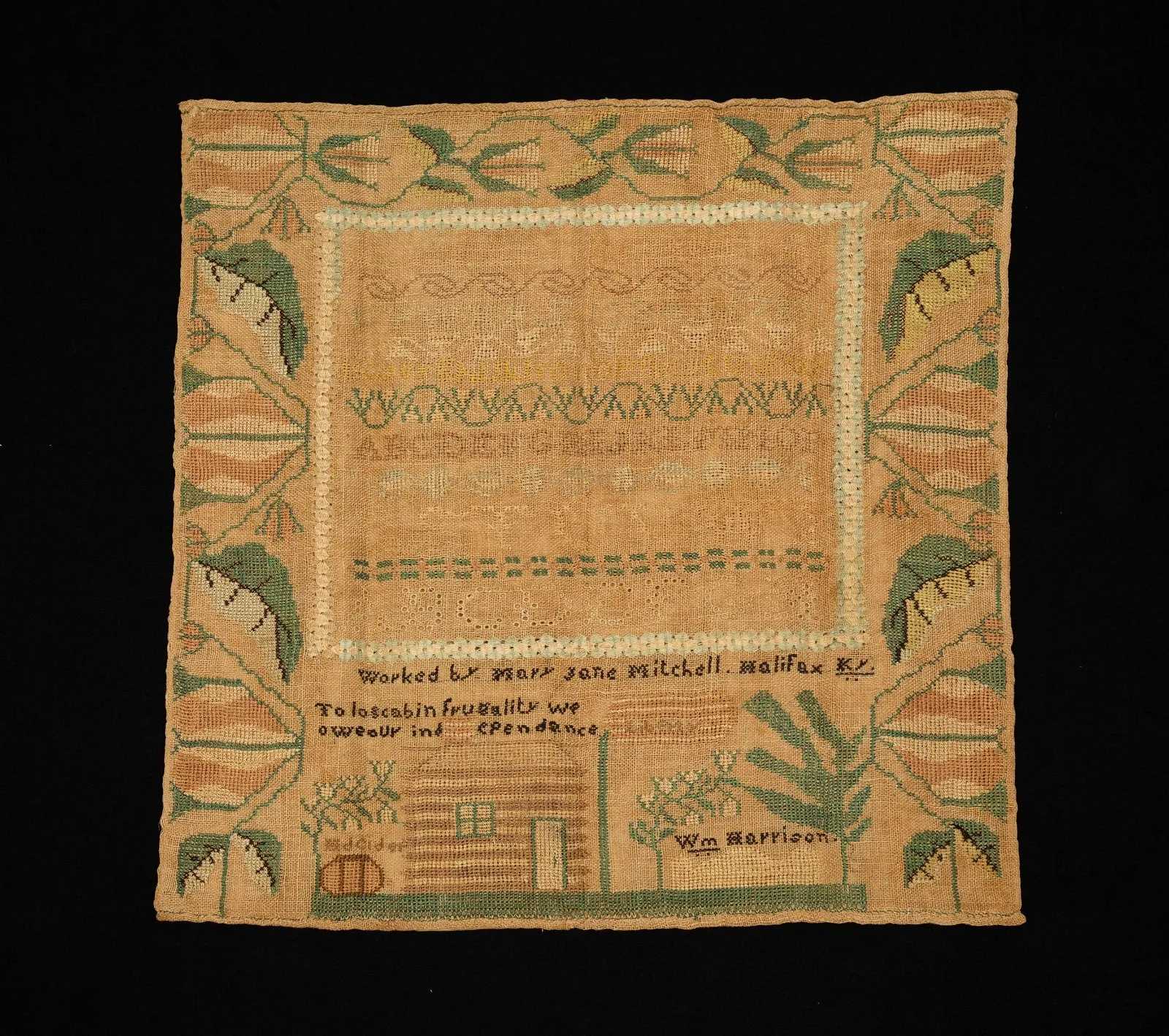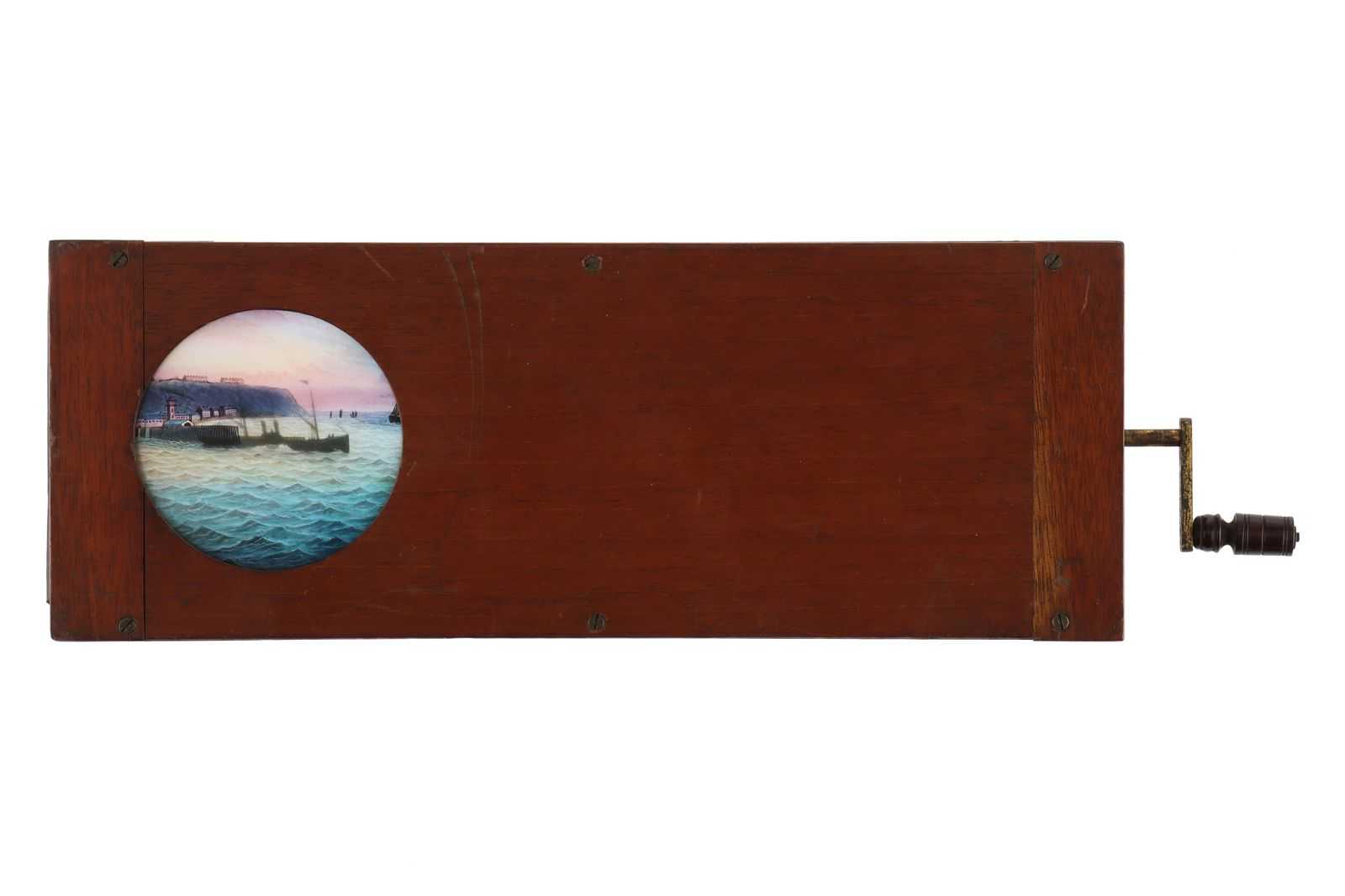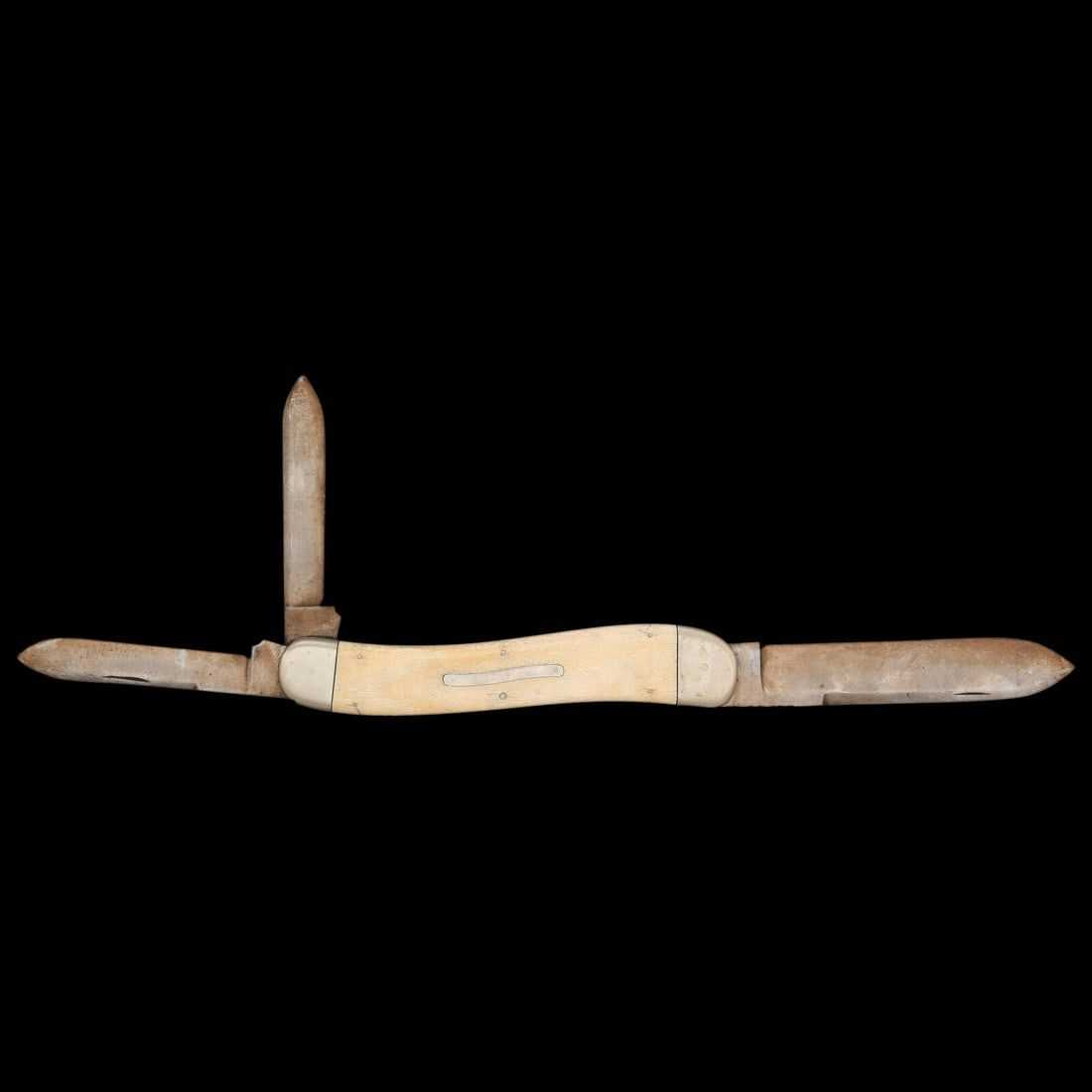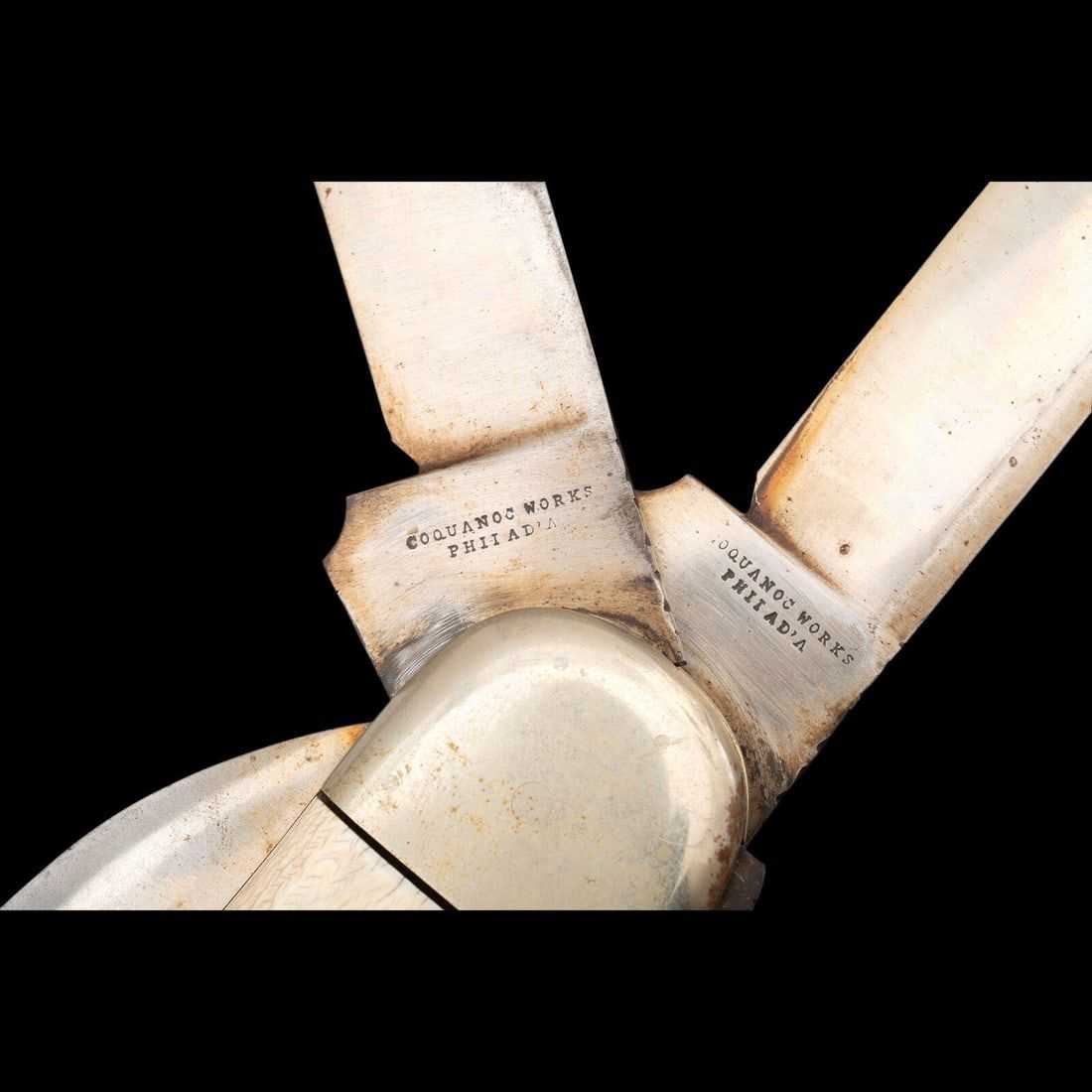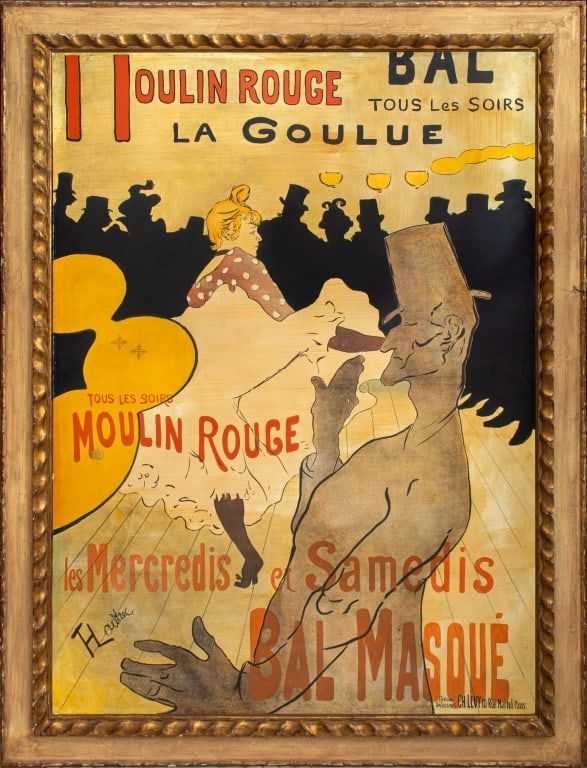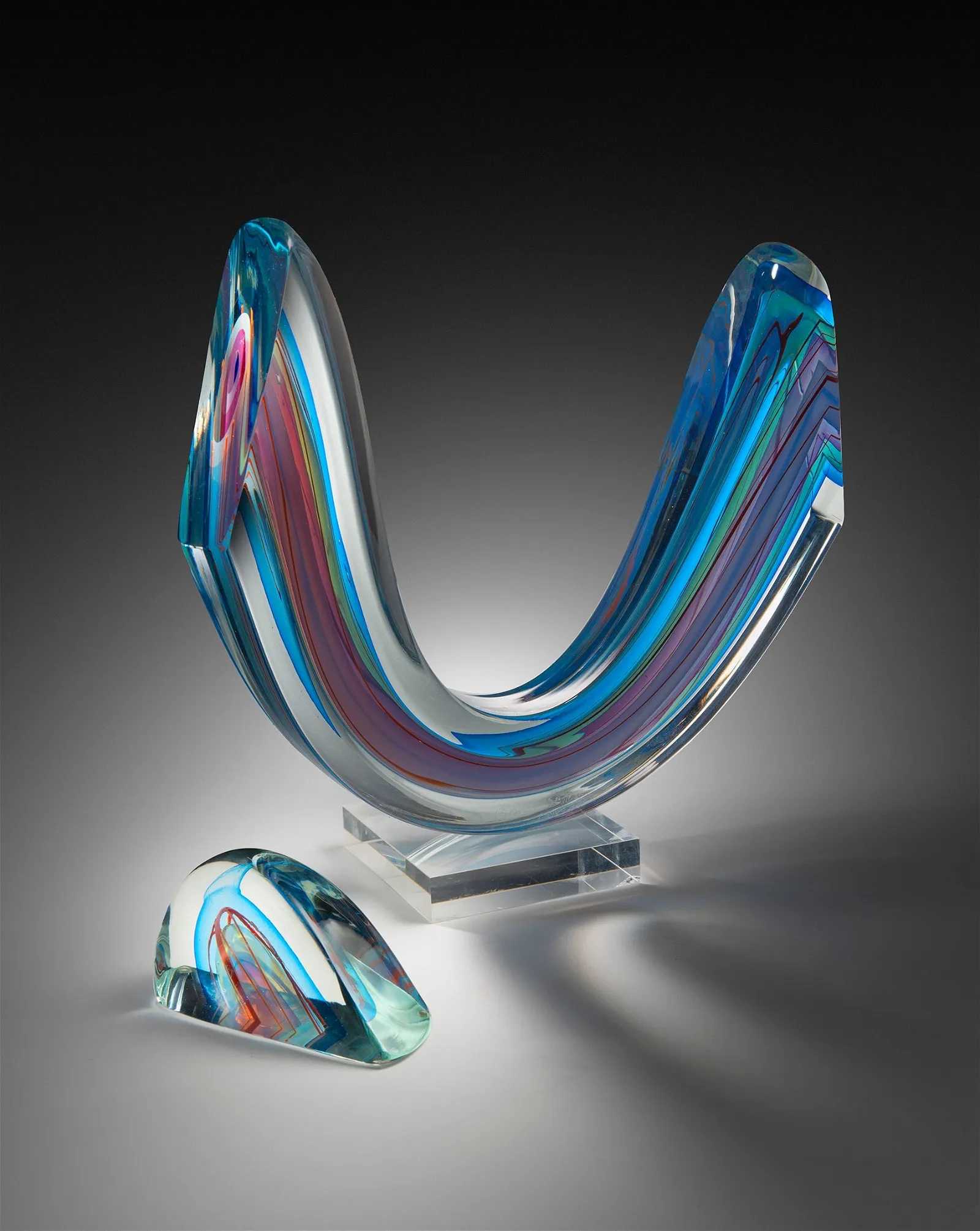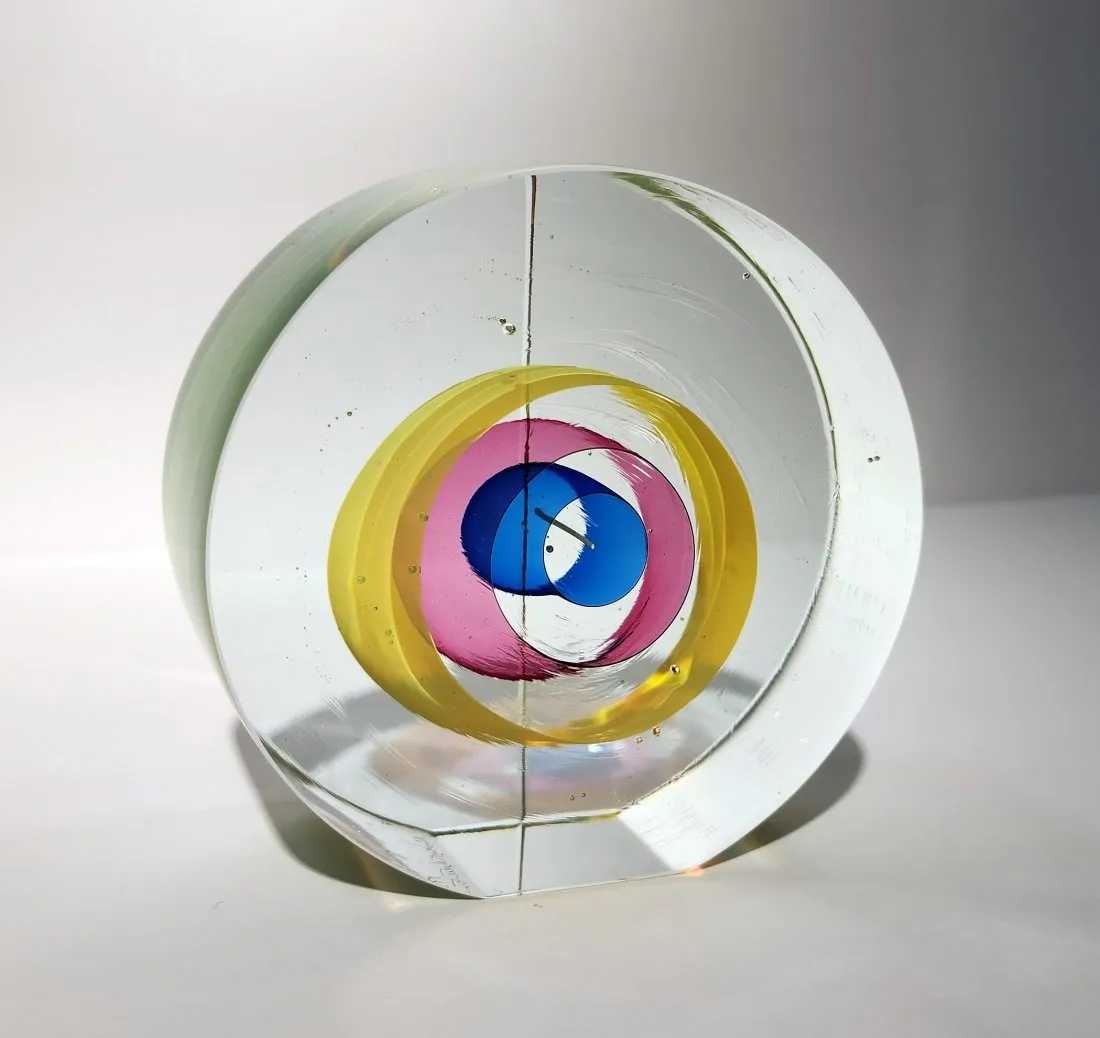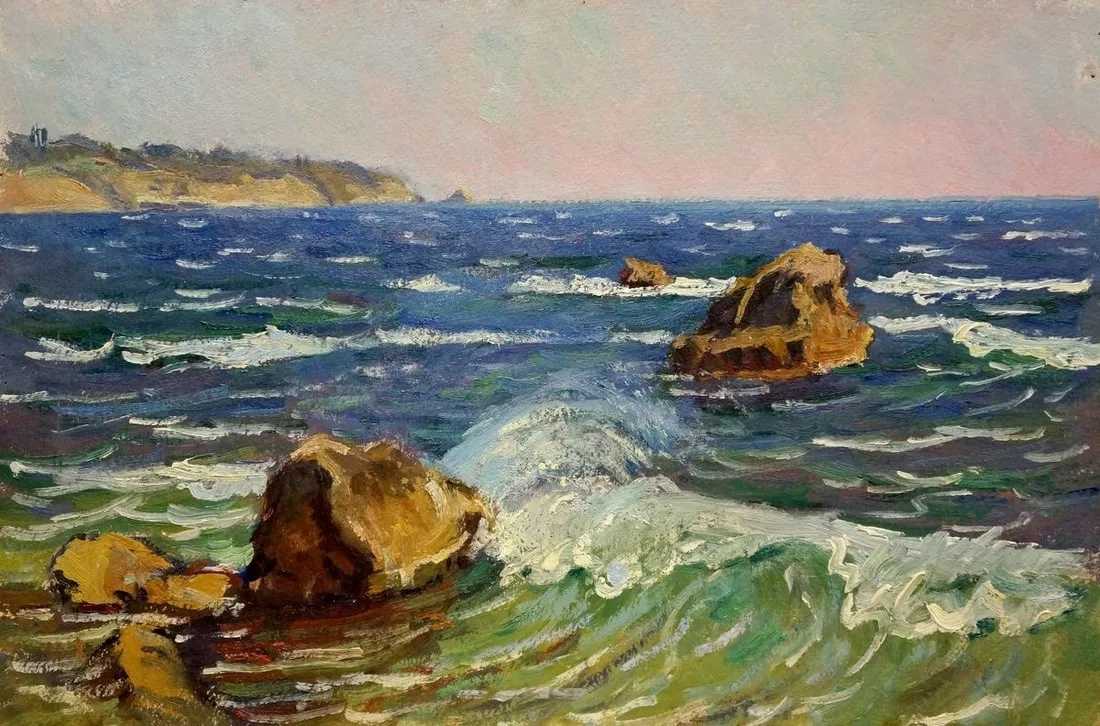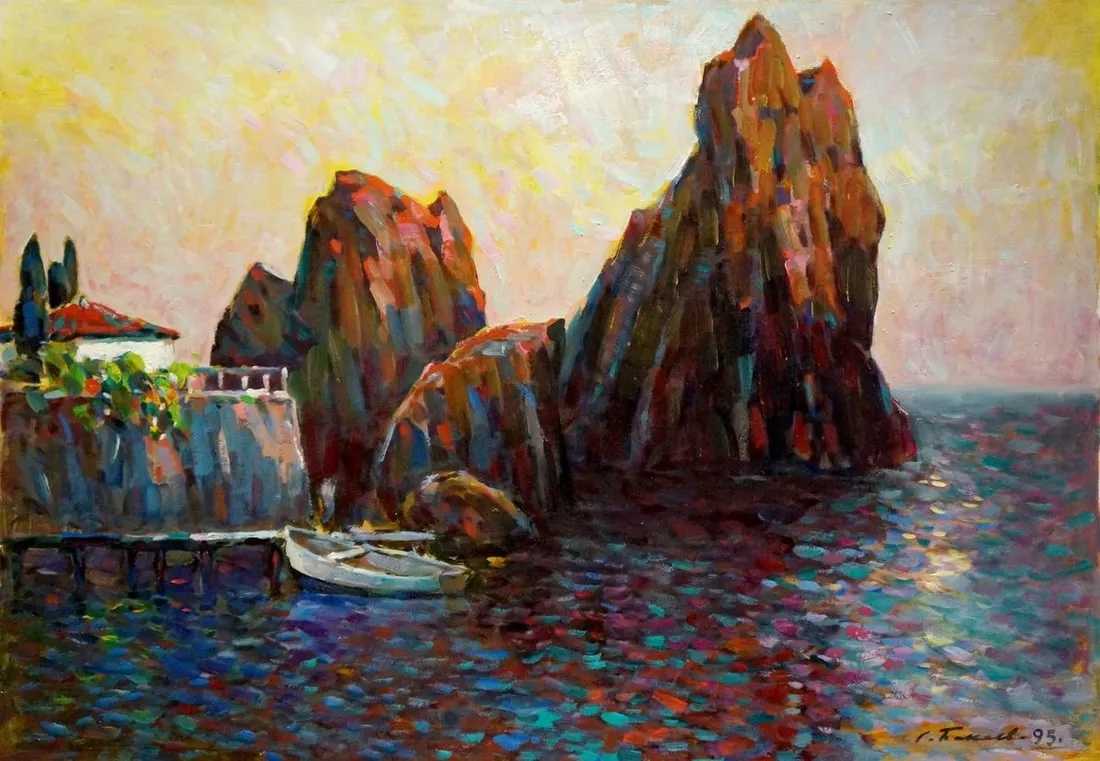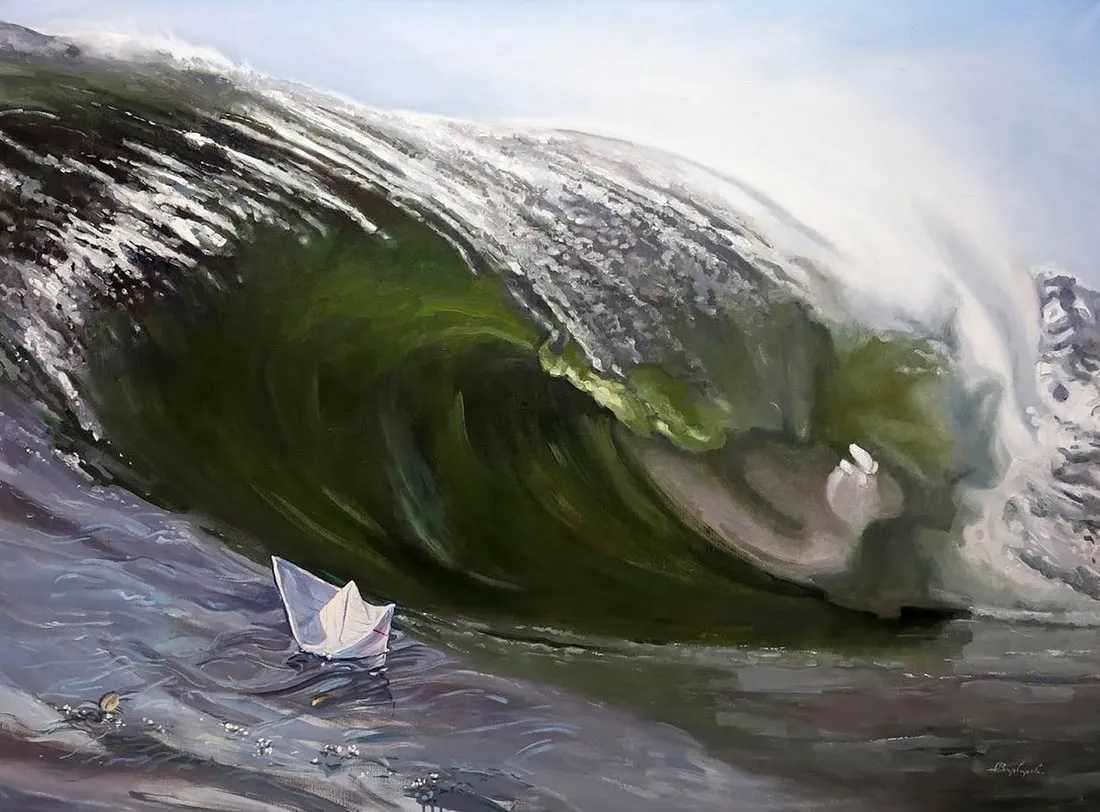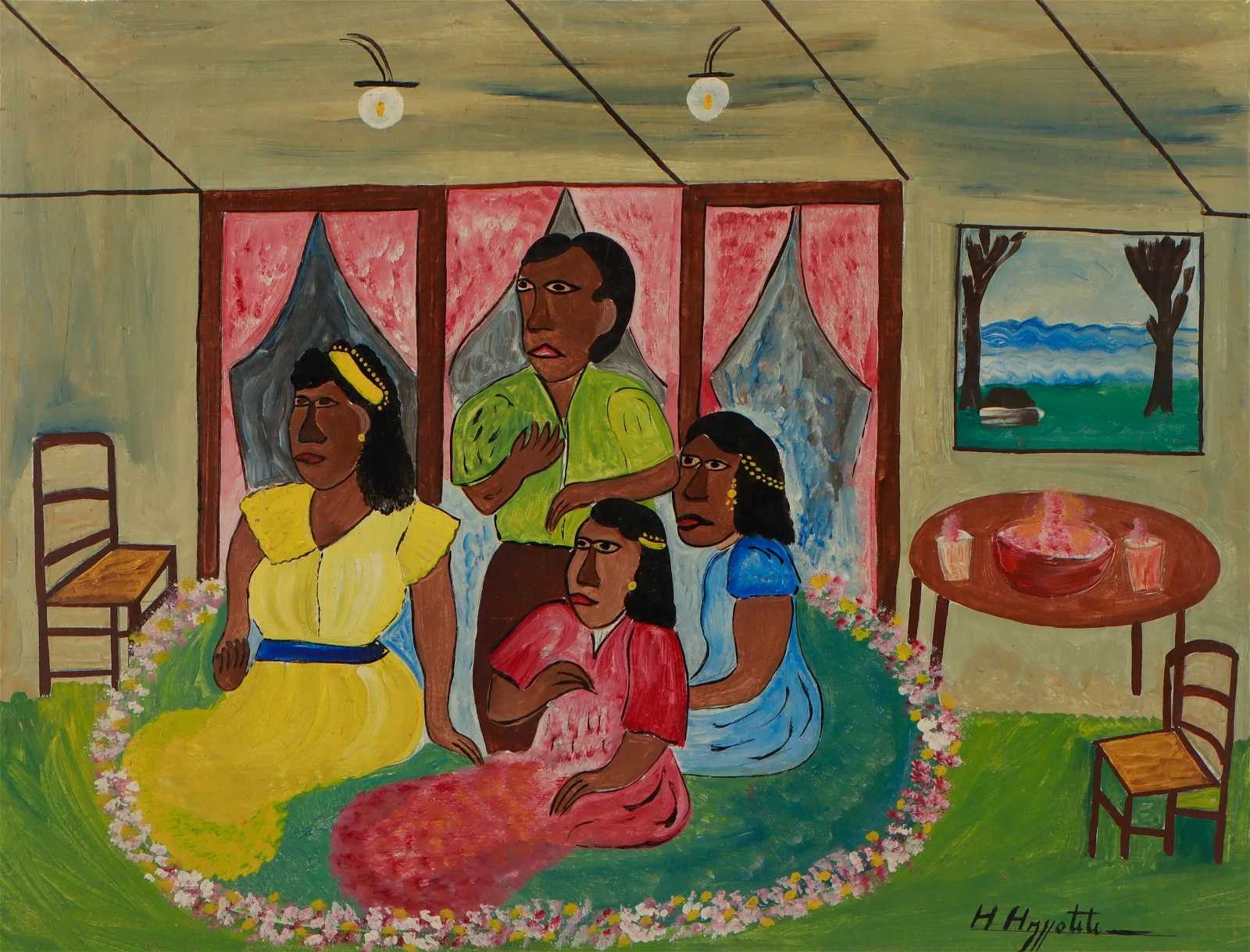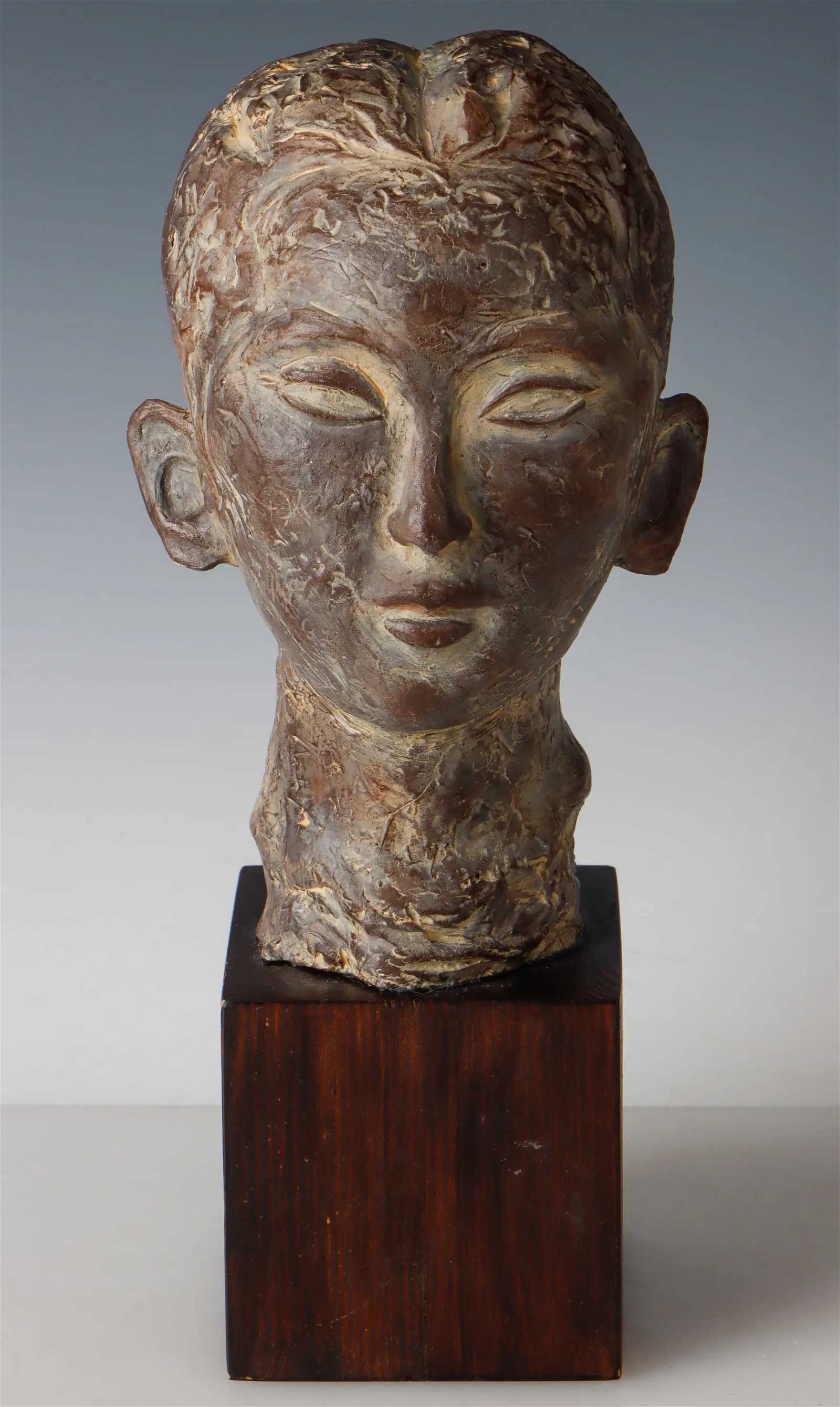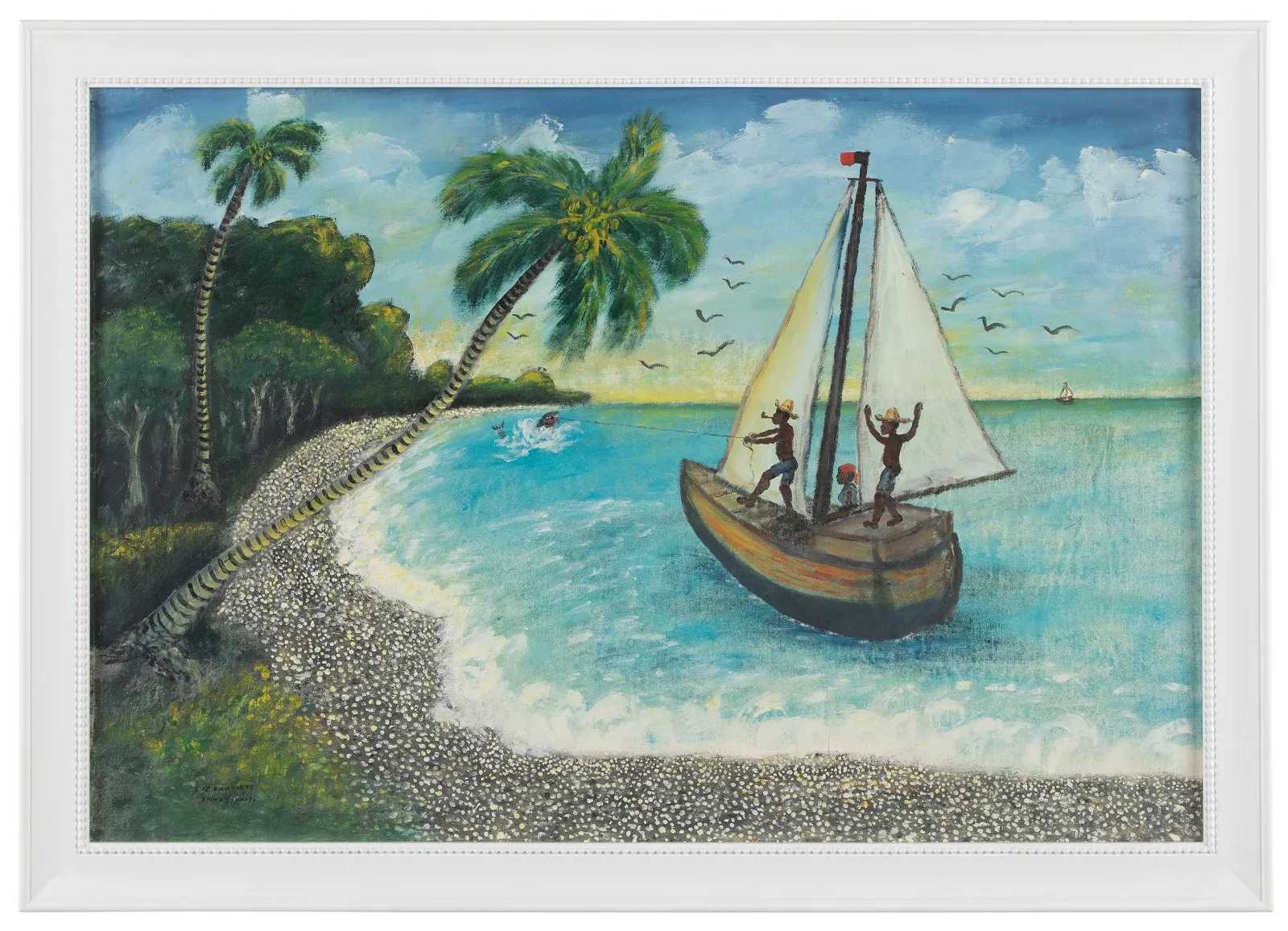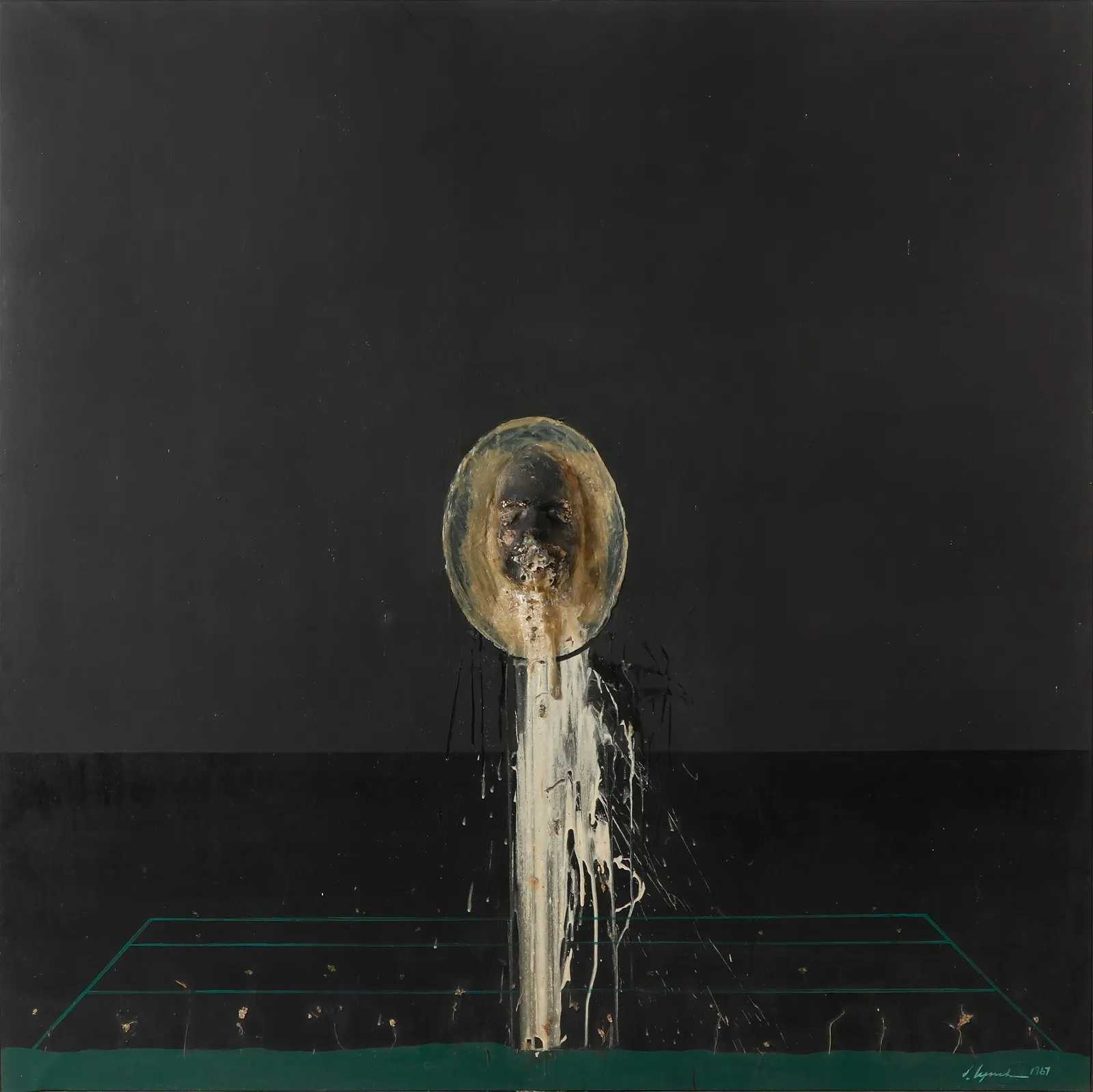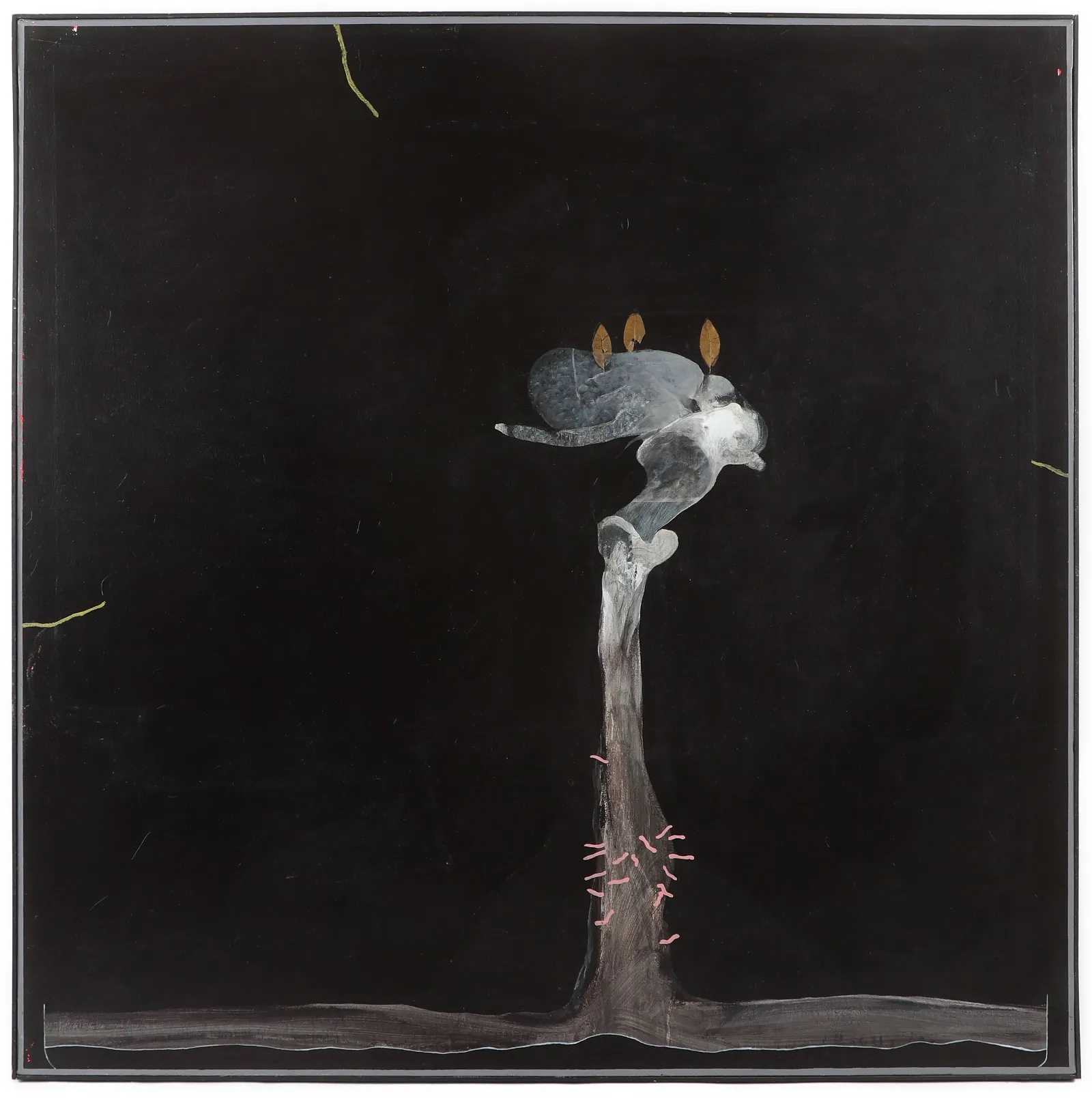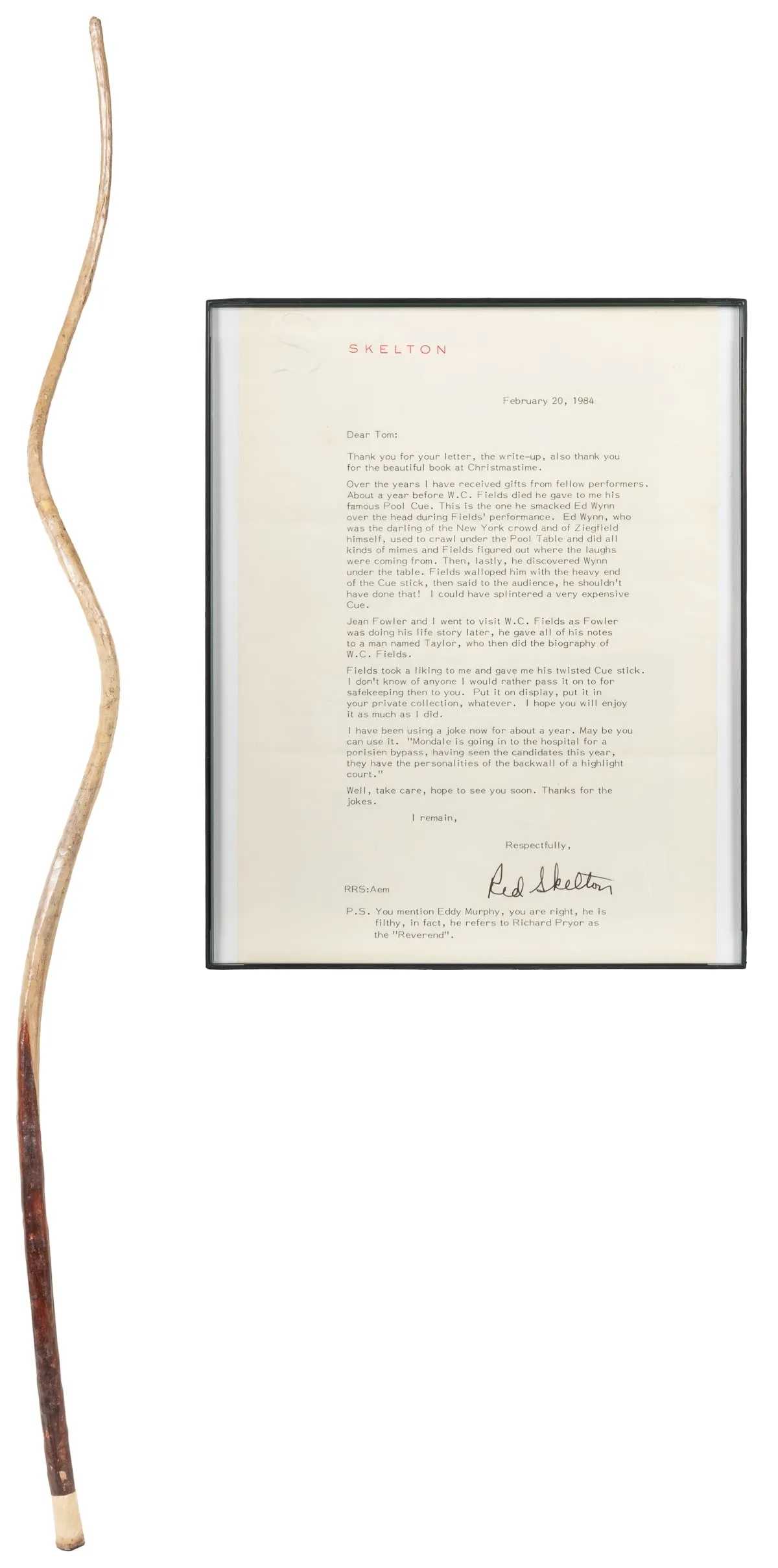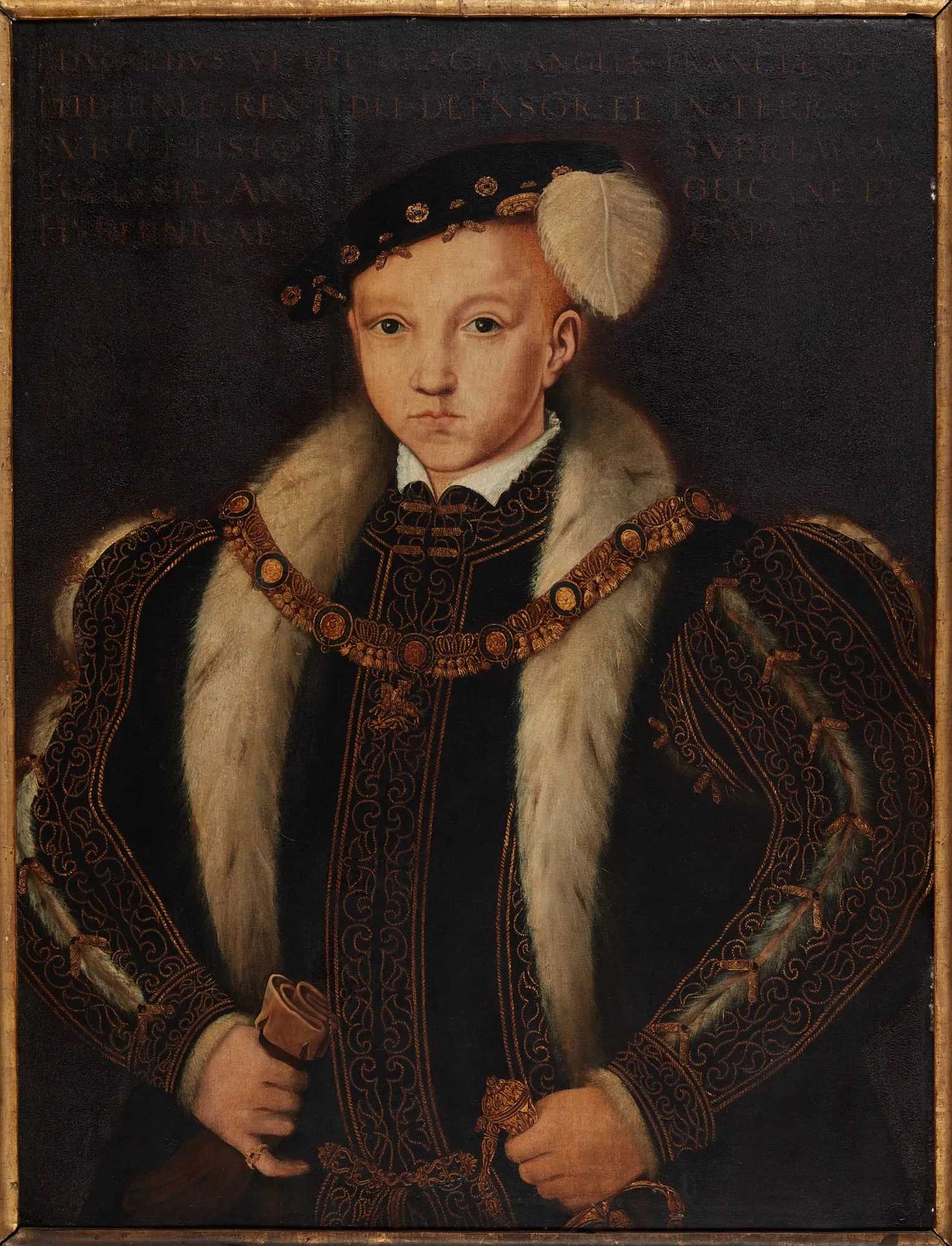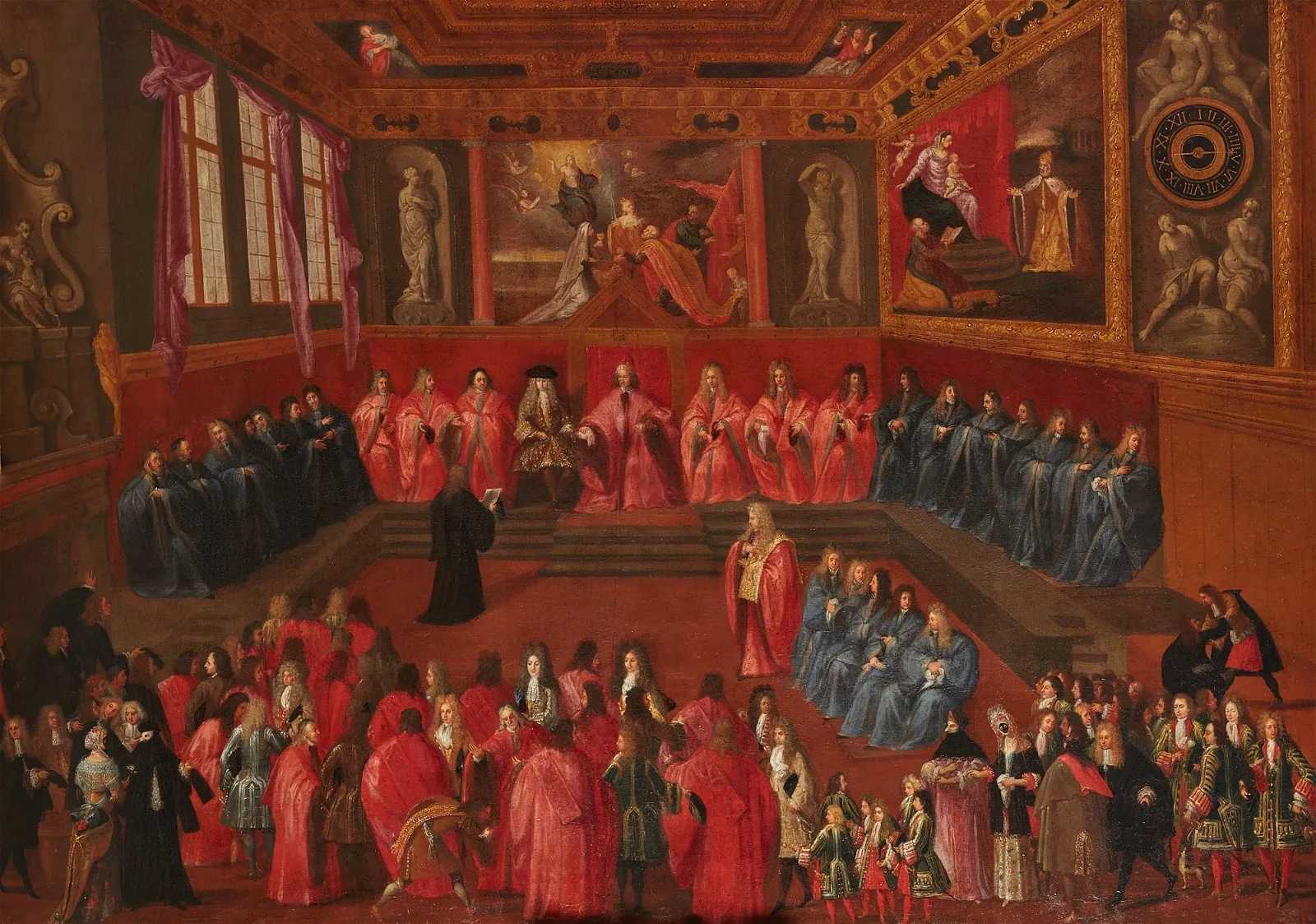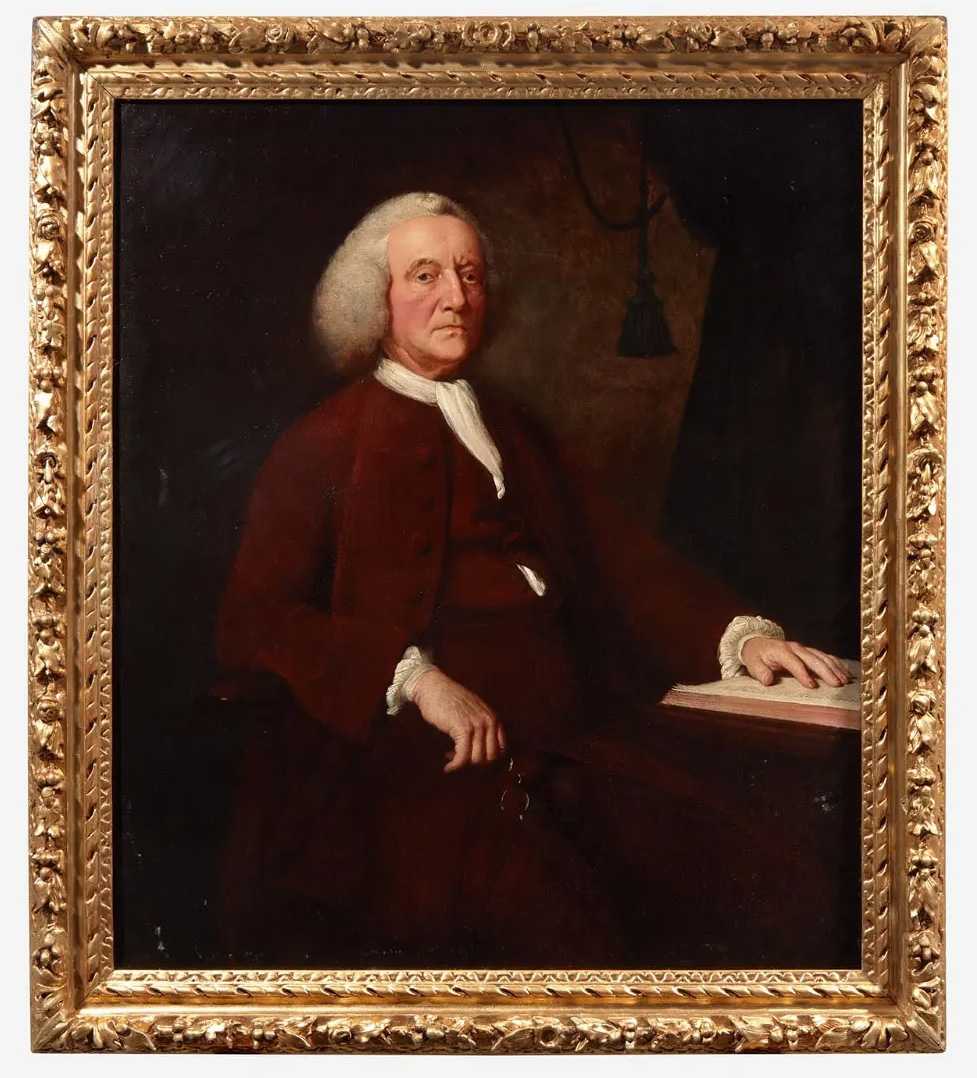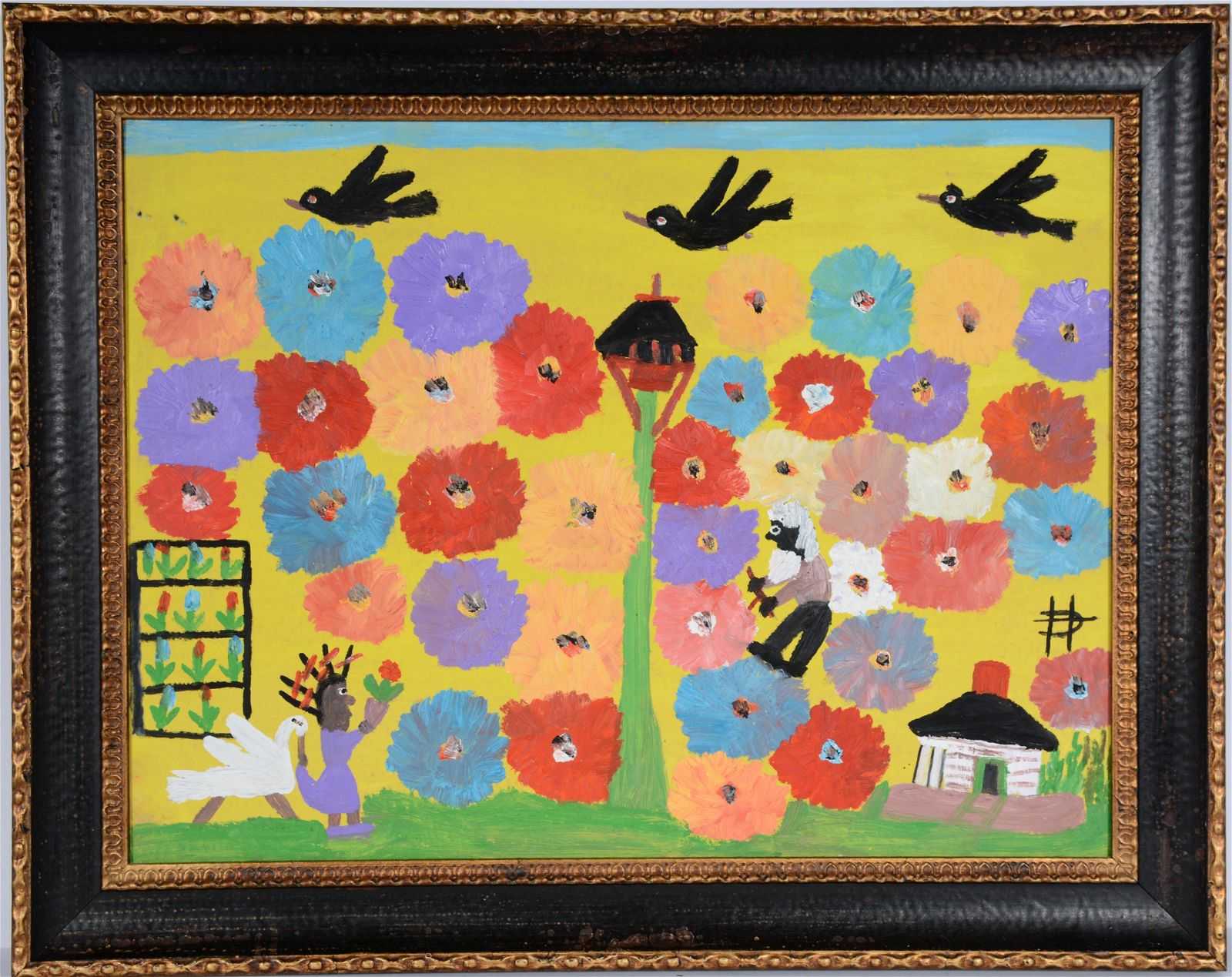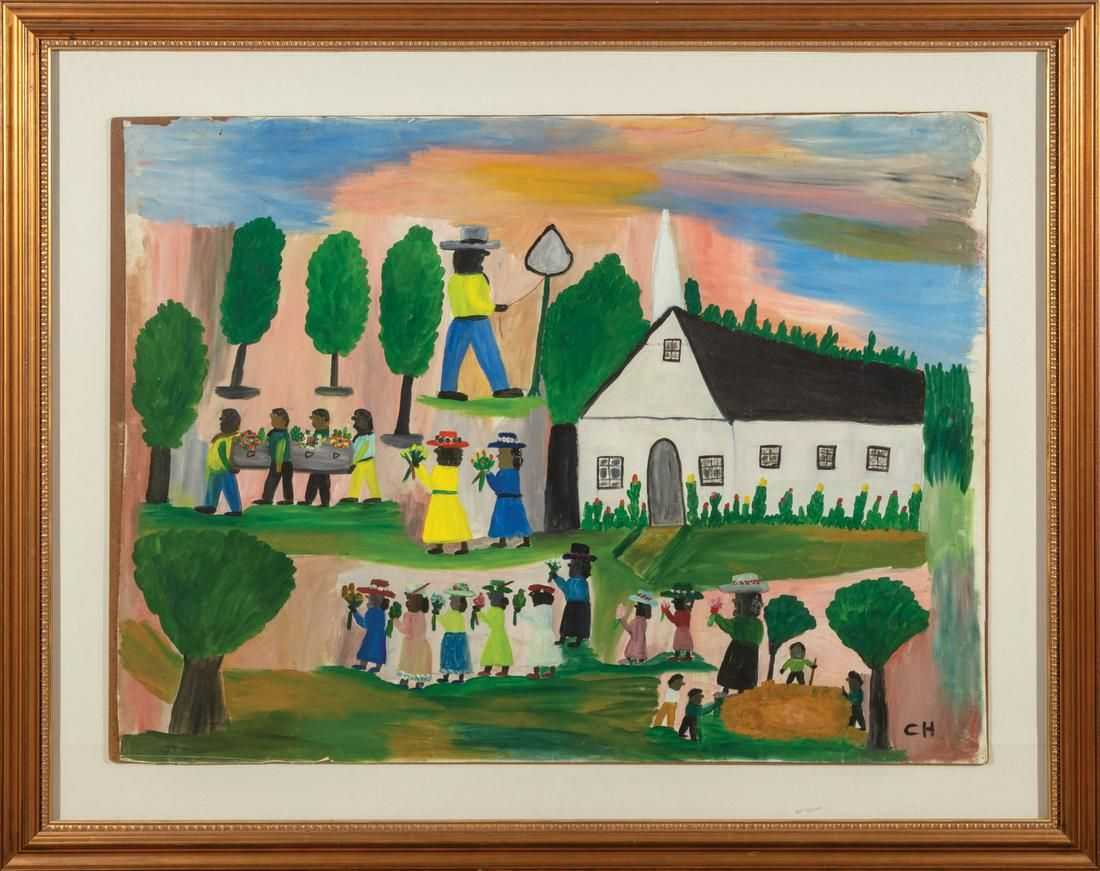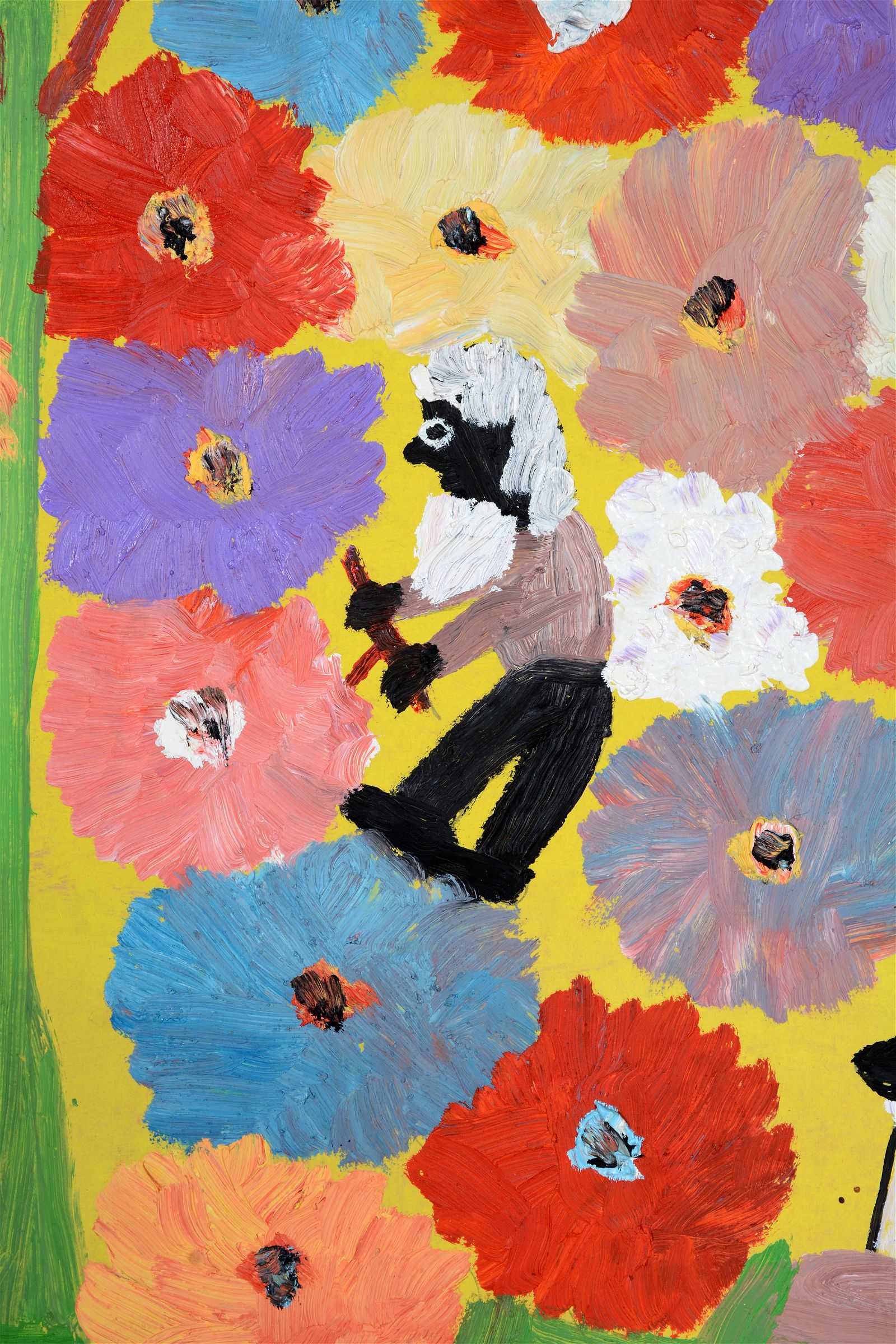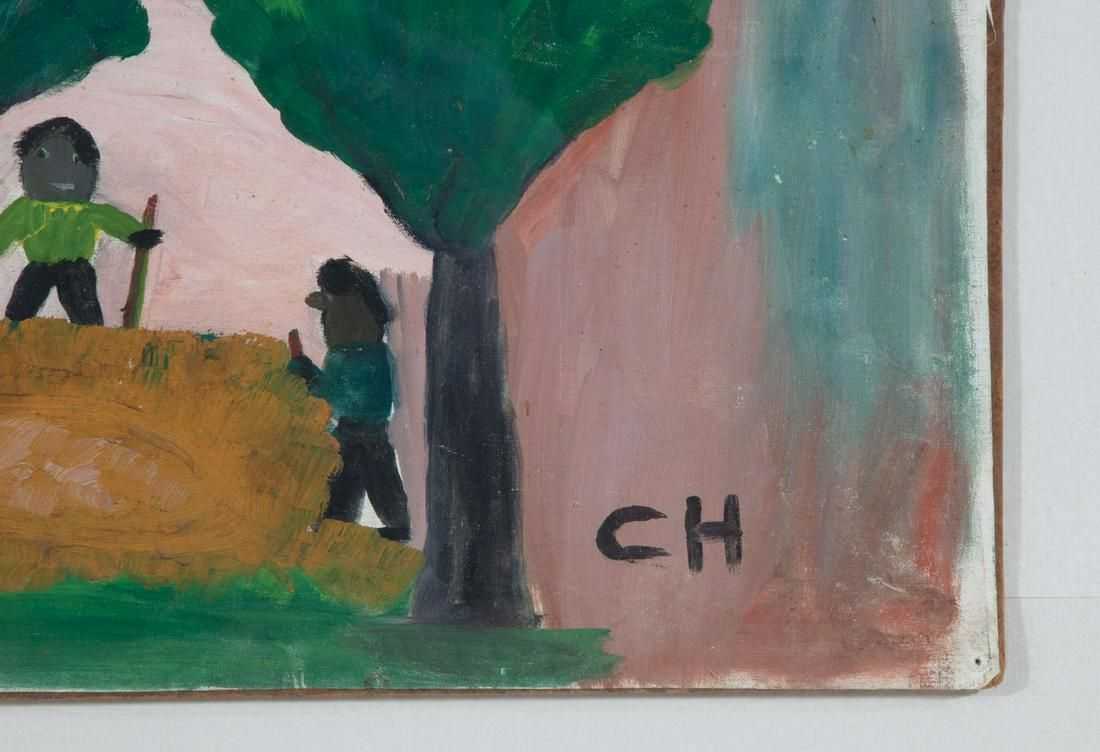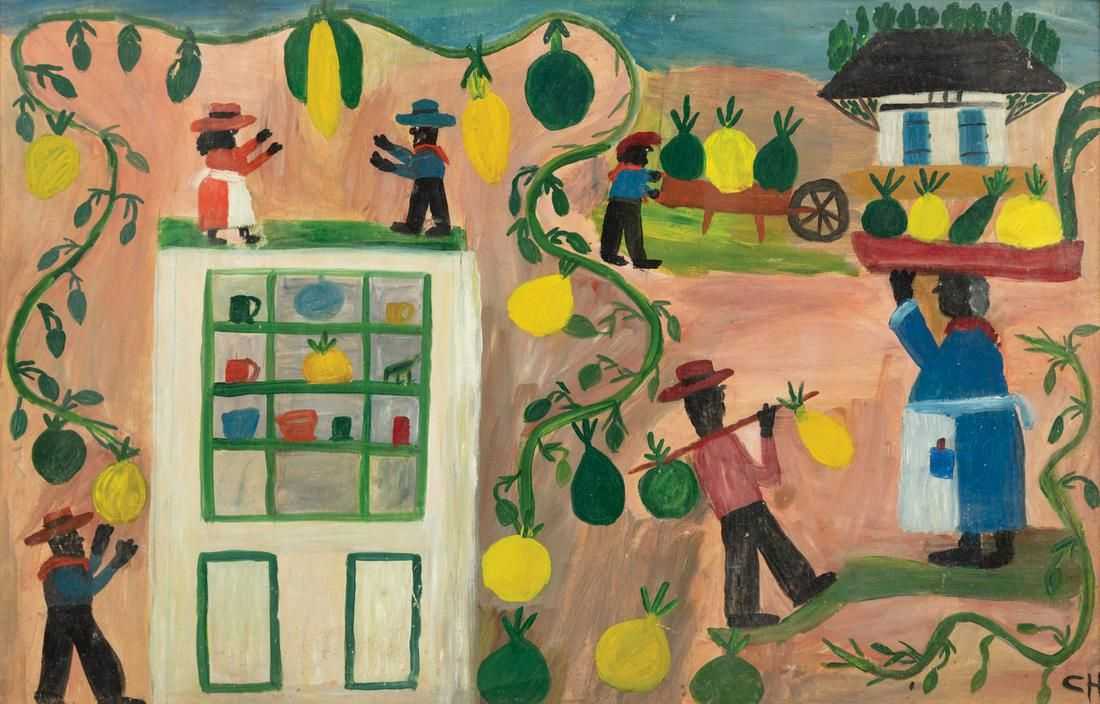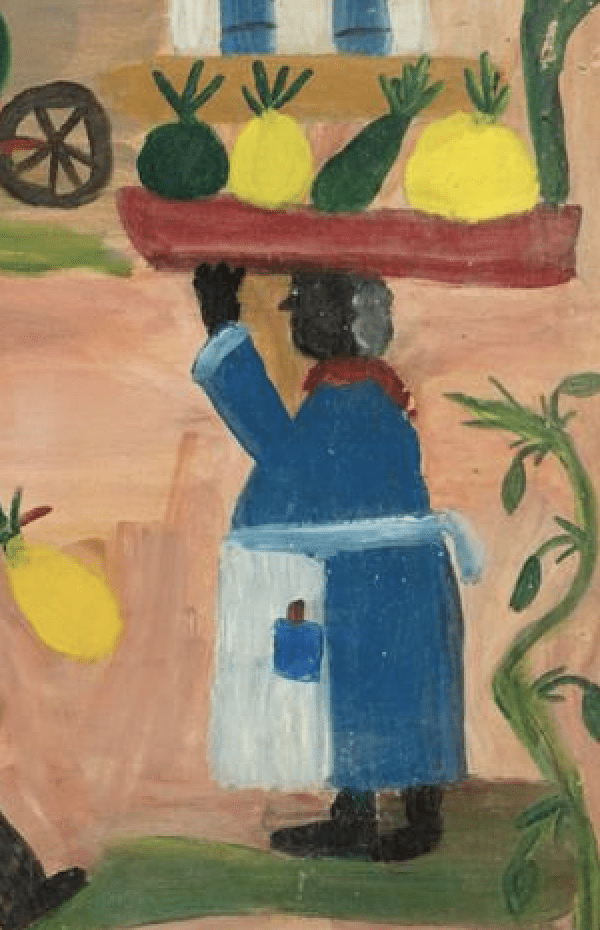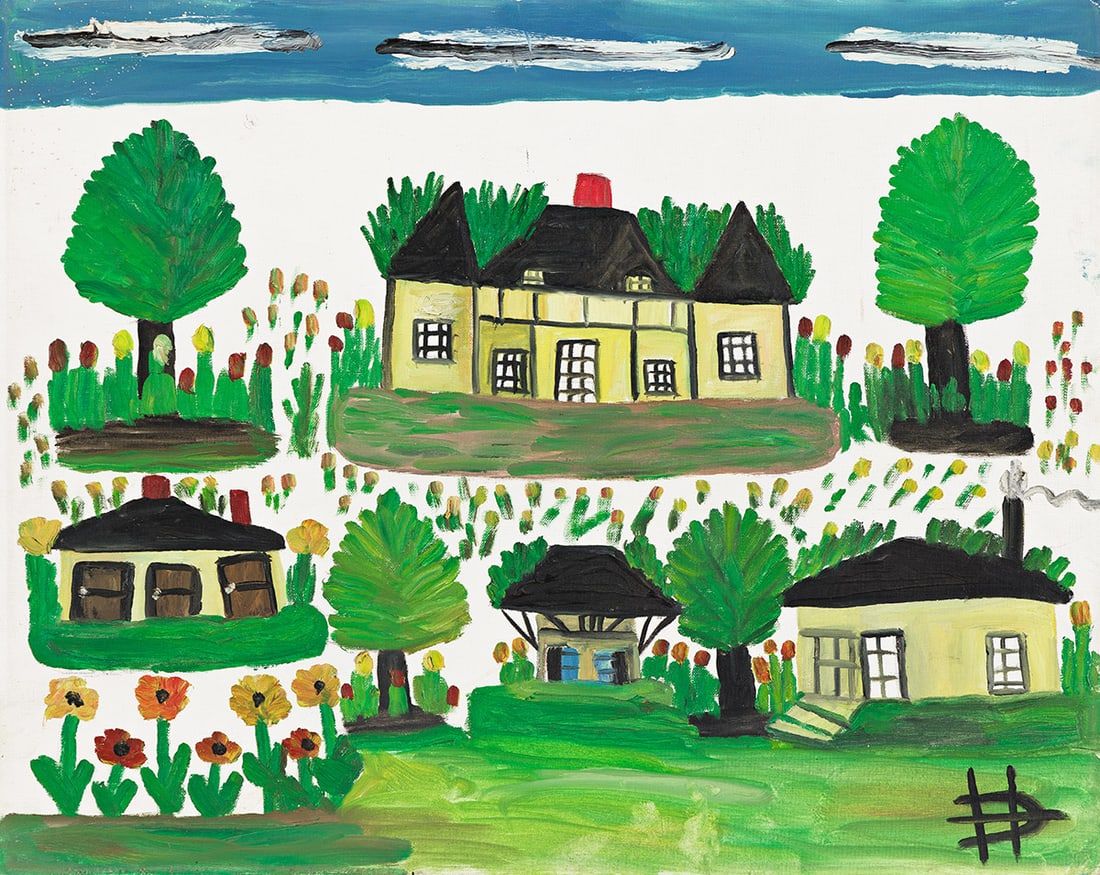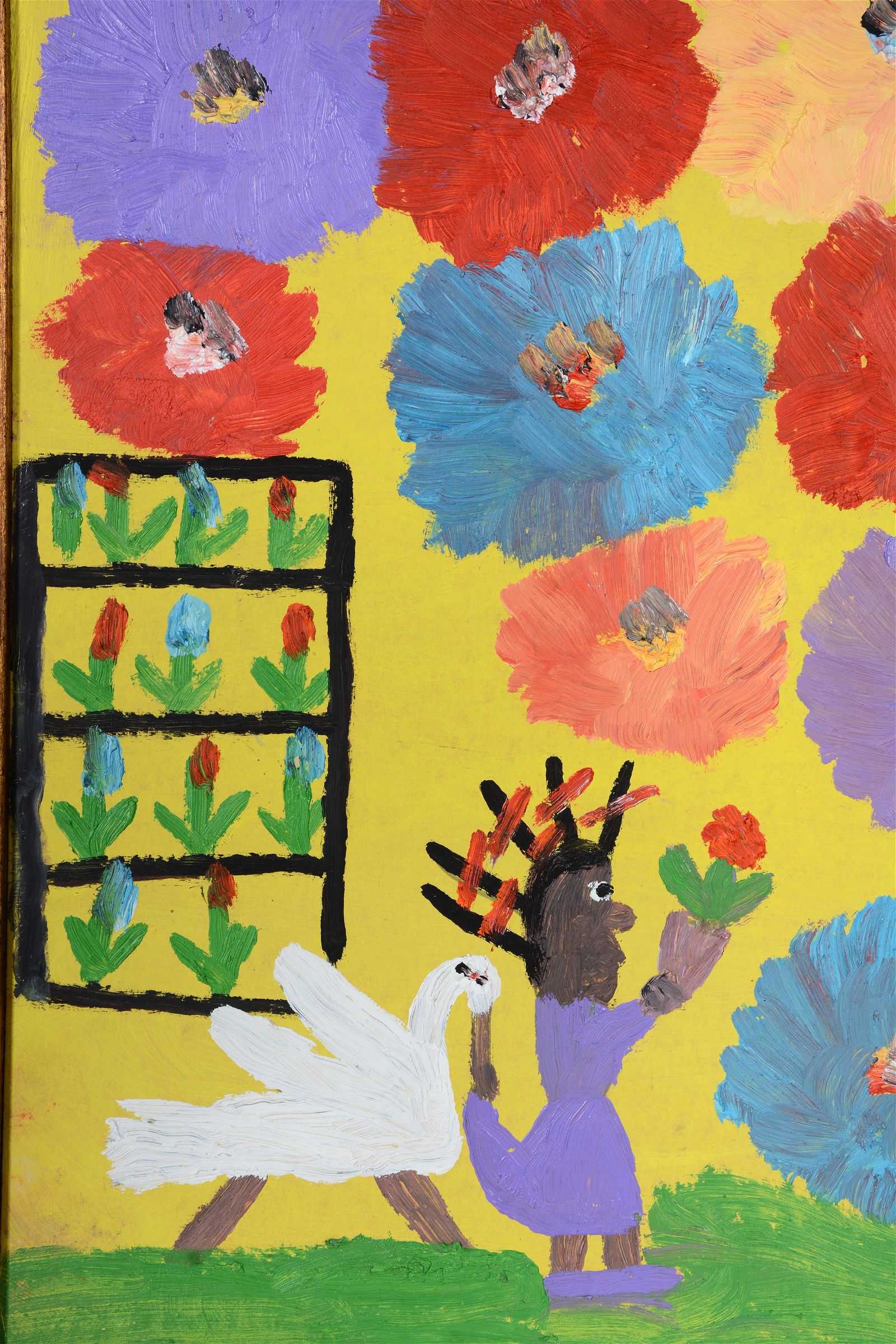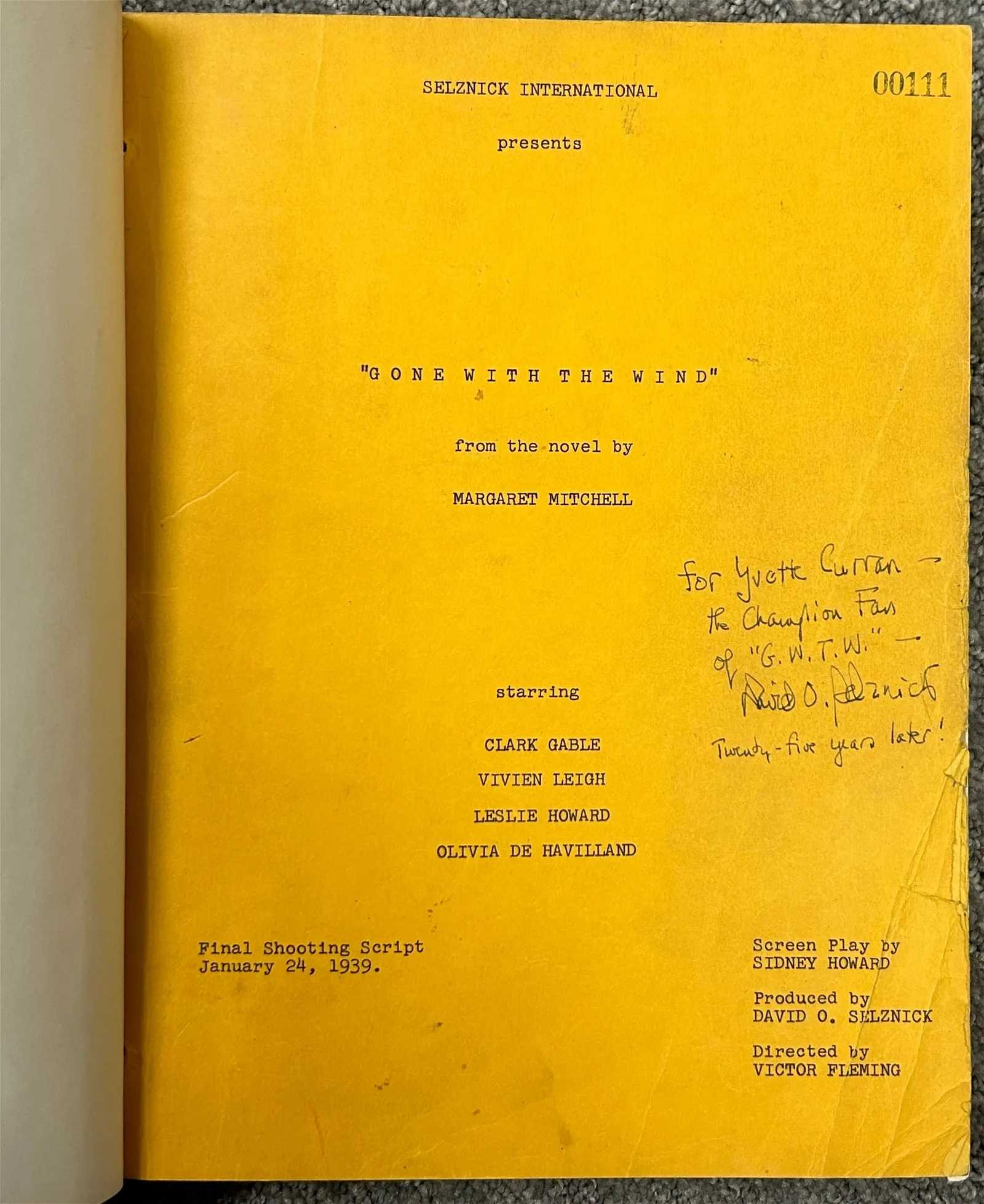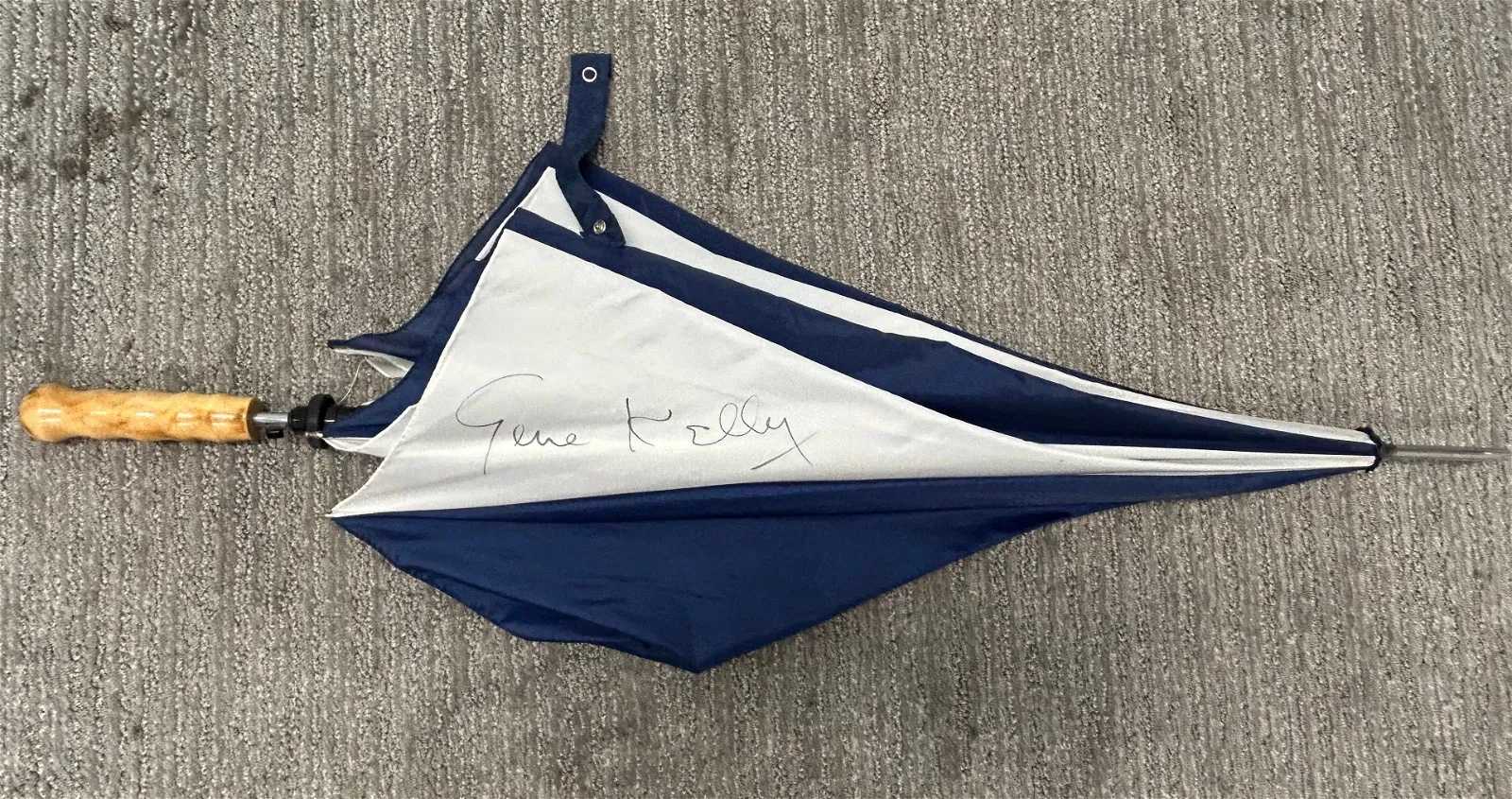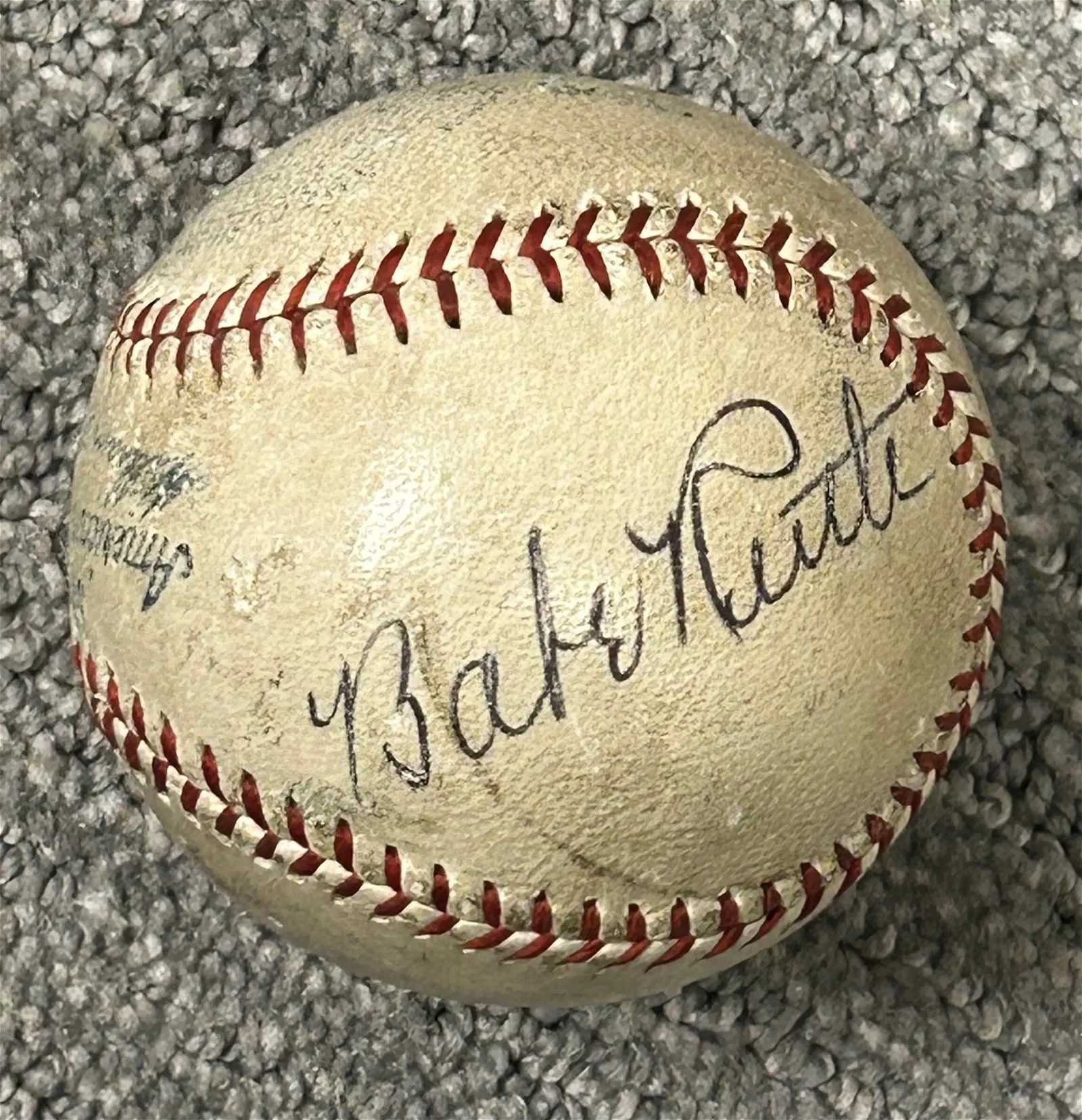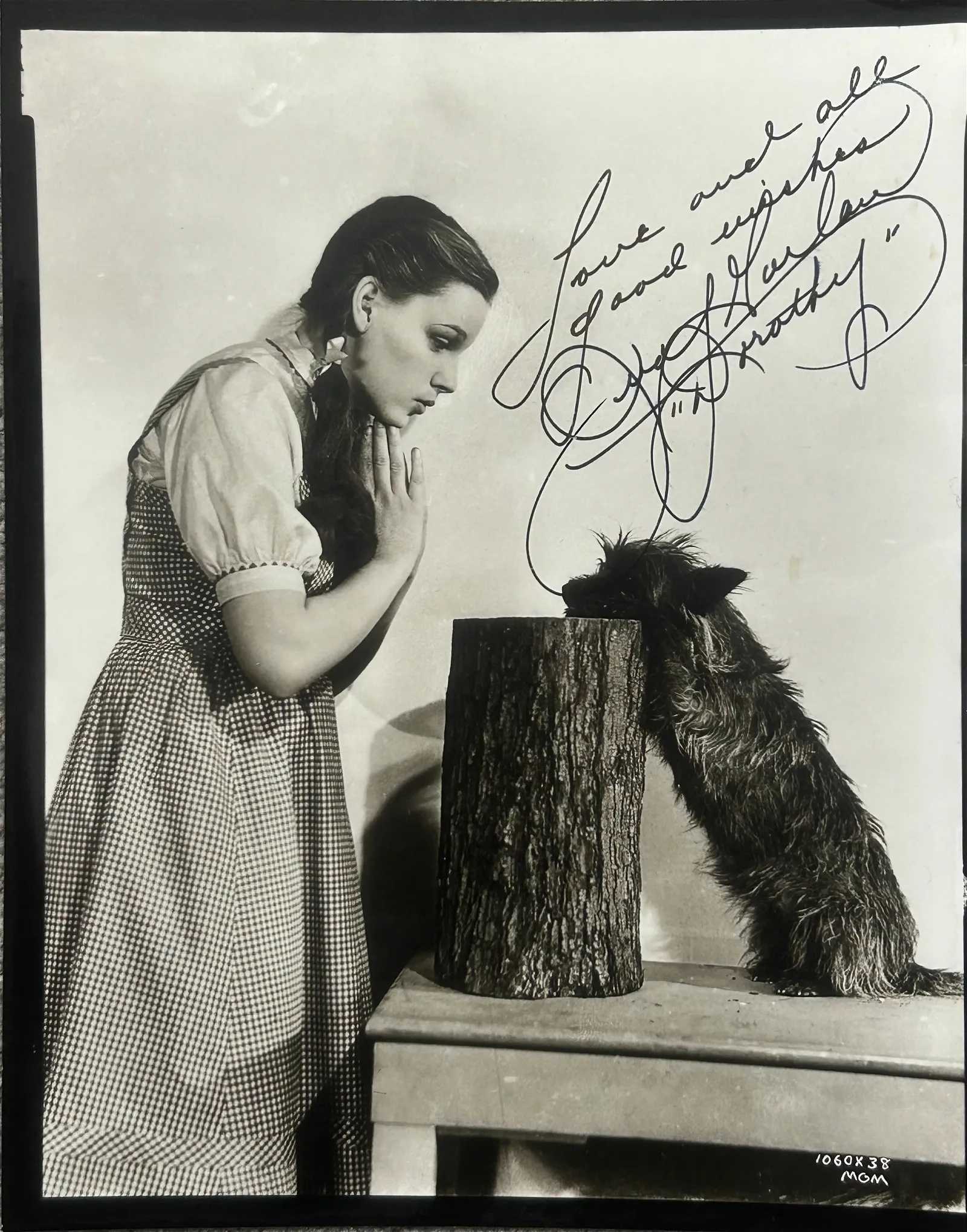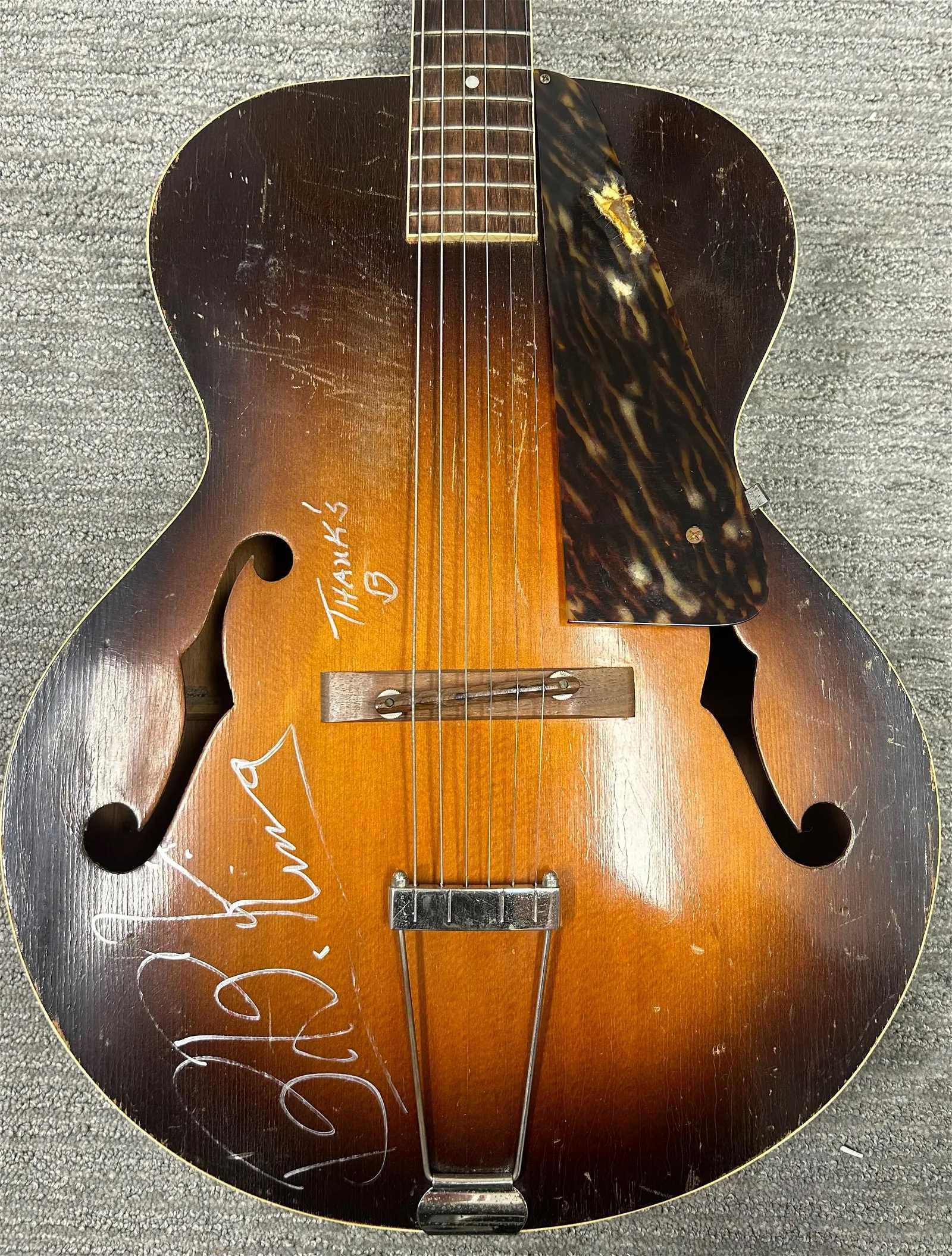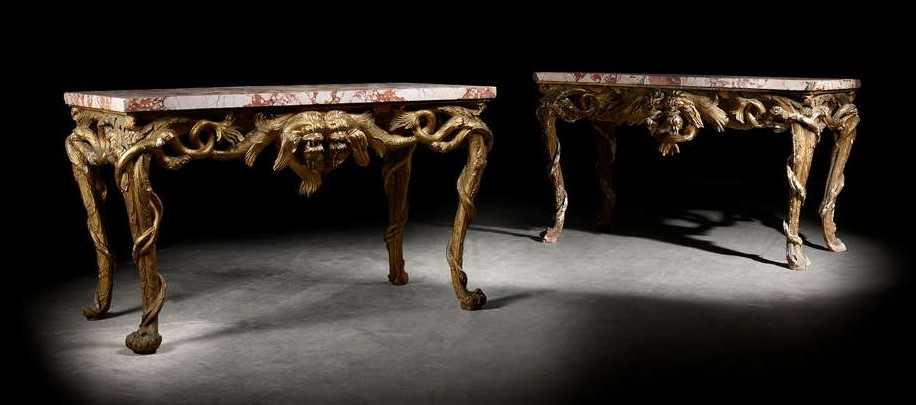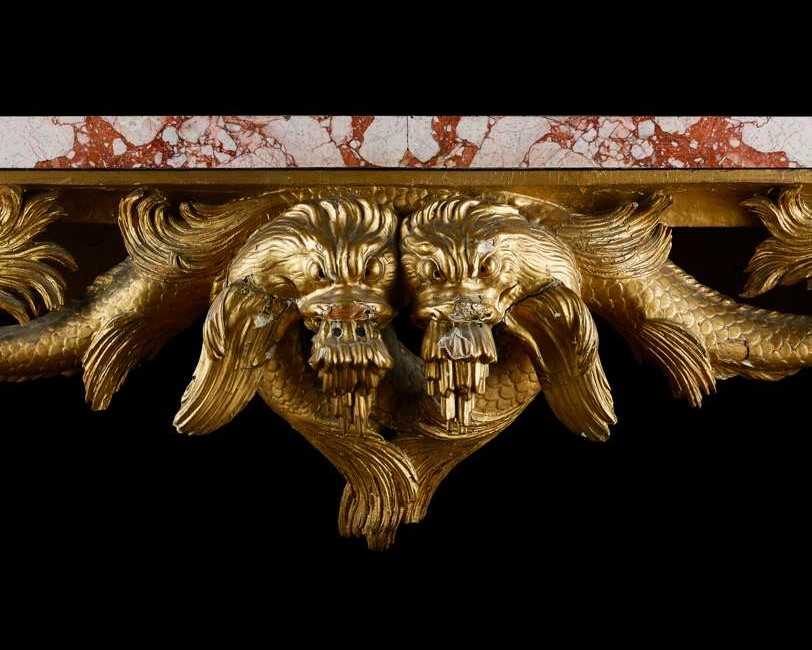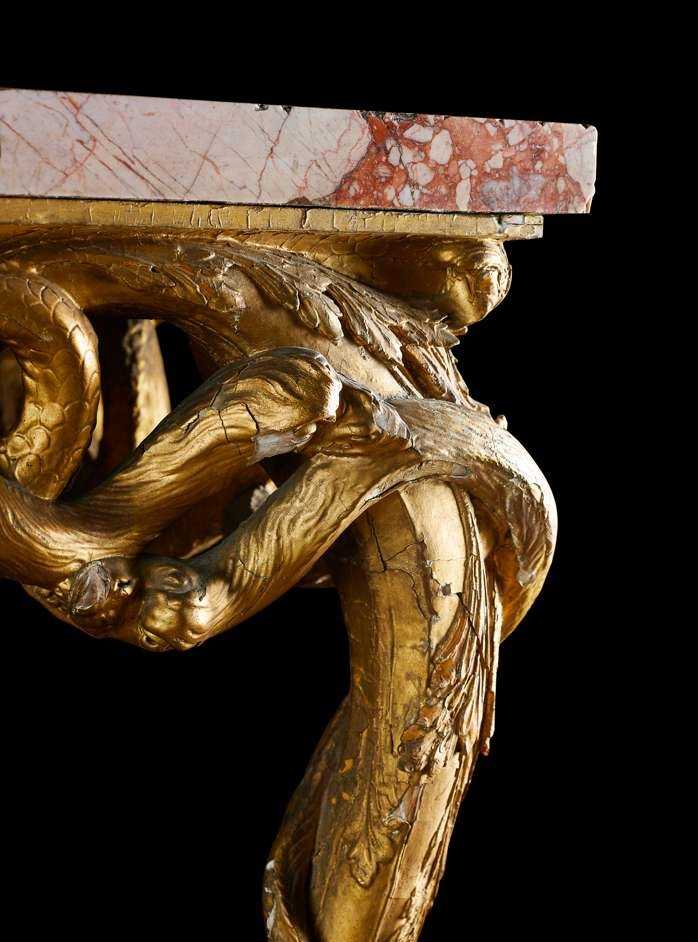Sam Maloof Double Rocking Chair
VAN NUYS, CA – A Sam Maloof double rocking chair will be offered on Tuesday, April 30 as part of the Design auction at Los Angeles Modern Auctions (LAMA).
Maloof (1916-2009) was one of America’s top woodworkers, recognized by the MacArthur Foundation as its first-ever craftsman recipient of its so-called ‘Genius Grant’. Born to a family of Lebanese immigrants, his designs were featured in numerous Case Study Homes of the postwar period designed by Richard Neutra, Charles Eames, and Eero Saarinen.
Made of select walnut and ebony – Maloof kept thousands of board-feet of exotic lumber in his shop in Alta Loma, California – the rocker is dated to 2006 and is incised No. 13 2006 Sam Maloof d.f.a. r.i.s.d. / M.j. l.w. d.w. Originally from a private collection, the double rocker sold at Bonhams in April of 2018, where it made $35,000 including buyer’s premium.
LAMA has similar expectations, assigning the rare example an estimate of $30,000-$50,000.
Circa-1840 William Henry Harrison Political Needlework Sampler
DELAWARE, OH – Amelia Jeffers brings a unique circa-1840 needlework sampler, estimated at $4,000-$8,000, to market as part of her Friday, May 3 and Saturday, May 4 sales. Featuring stylized flowers and leaves with a cider barrel, log cabin, and an American flag with Liberty imprinted on it, the inscription reads To log cabin frugality we owe our independence.
It also includes the words Wm. Harrison and Worked by Mary Jane Mitchell, Halifax Ky. Jeffers believes this 17.5-by-17in (44-by-43cm) sampler is from Allen County, Kentucky, and the maker is likely Mary Jane Mitchell Claypool (1831-1913). She was the daughter of Henry Shelby Mitchell, a constable of Allen County, and Malinda Burton. He and Malinda had nine children, including sons William Henry Harrison Mitchell (1837-1913), named for the president, and Henry Clay Mitchell (1844-1911), named for the Kentucky legislator, gifted orator, and unsuccessful presidential candidate.
A former American military officer, William Henry Harrison ran for president in 1840 and won the election, but after only 32 days in office, he died, marking the shortest presidential term in American history. Mary Jane’s sampler, sporting the cider barrel and log cabin motifs of Harrison’s campaign, indicates her family’s preference in the election and serves as a unique reminder of homegrown political support when the country was still young.
Mechanical Magic Lantern Slide of a Steam Ship Crossing the English Channel
THATCHAM, UK — Of all the magic lantern slides available in the days before film, the most desirable were the ‘mechanicals,’ characterized by their intricate clockwork mechanisms. Turning the handle caused hand-painted layers of glass to glide seamlessly over one another and created the impression of movement.
They were remarkably costly at the time — at least 30 times the price of a single painted slip slide — and typically only sold in small numbers to late 19th-century showmen who would charge per viewing. Some were made only to special order.
The sale at the British scientific instruments specialists Flints Auctions on Tuesday, April 30 includes a slide that follows the journey of a steam ship crossing the English Channel from Dover, England to the French port of Calais.
Various mechanisms bring the entire scene to life, causing the ship to pitch and toss on the rough seas. Made a decade before the advent of cinema, it astounded contemporary audiences. Today it is estimated at £1,500-£2,500 ($1,865-$3,110).
Circa-1870-1877 Coquanoc Works Three-bladed Folding Knife
CINCINNATI – This three-bladed folded knife by the Coquanoc Works cutlery company is massive and was probably made for display rather than use. The knife measures 12in (30cm) closed, with the overall length being 2ft 4in (71cm) when the primary and one of the secondary blades are open. All three blades are marked on their ricassos in two lines: Coquanoc Works/Philad’a.
Relatively little is known of the Coquanoc Works cutlery company run by Howard W. Shipley, although the firm appears to have been in business for a limited amount of time in Philadelphia between 1870 and 1877. Knives by this maker are extremely rare, and it is assumed that this knife, with its German silver bolsters and pinned ivory scales, was produced for display at the 1876 Centennial Exposition in Philadelphia. It will be offered at Freeman’s Hindman as part of its Premier Arms, Armor & Militaria Sale on Wednesday, May 1. The estimate is $5,000-$8,000.
‘Moulin Rouge, La Goulue’, Which Launched Toulouse-Lautrec’s Poster-making Career
NEW YORK – Moulin Rouge, La Goulue was Henri de Toulouse-Lautrec’s first commissioned poster, and it launched his poster-making career overnight. Printed in 1891, two years after the bawdy Moulin Rouge nightclub had opened on the boulevard de Clichy in the Montmartre district of Paris, he chose as his subject its star performers, Valentin le Désossé (Jacques Renaudi), known as the ‘boneless’ acrobat, and also dancer Louise Weber, whose can-can skirts were lifted at the finale of the chahut. Nicknamed La Goulue, which translates to ‘the glutton,’ she took her stage name from her habit of draining patrons’ drinks in one gulp while she danced among the tables.
At the time of poster mania in Paris, the 6ft 2in (1.85m) four-color lithographic poster was probably printed in a run of around 3,000, but relatively few have survived. This copy on two sheets of wove paper glued to board has an estimate of $60,000-$80,000 as part of a 280-lot sale at Auctions at Showplace on Sunday, May 5. It comes from a Park Avenue collection.


